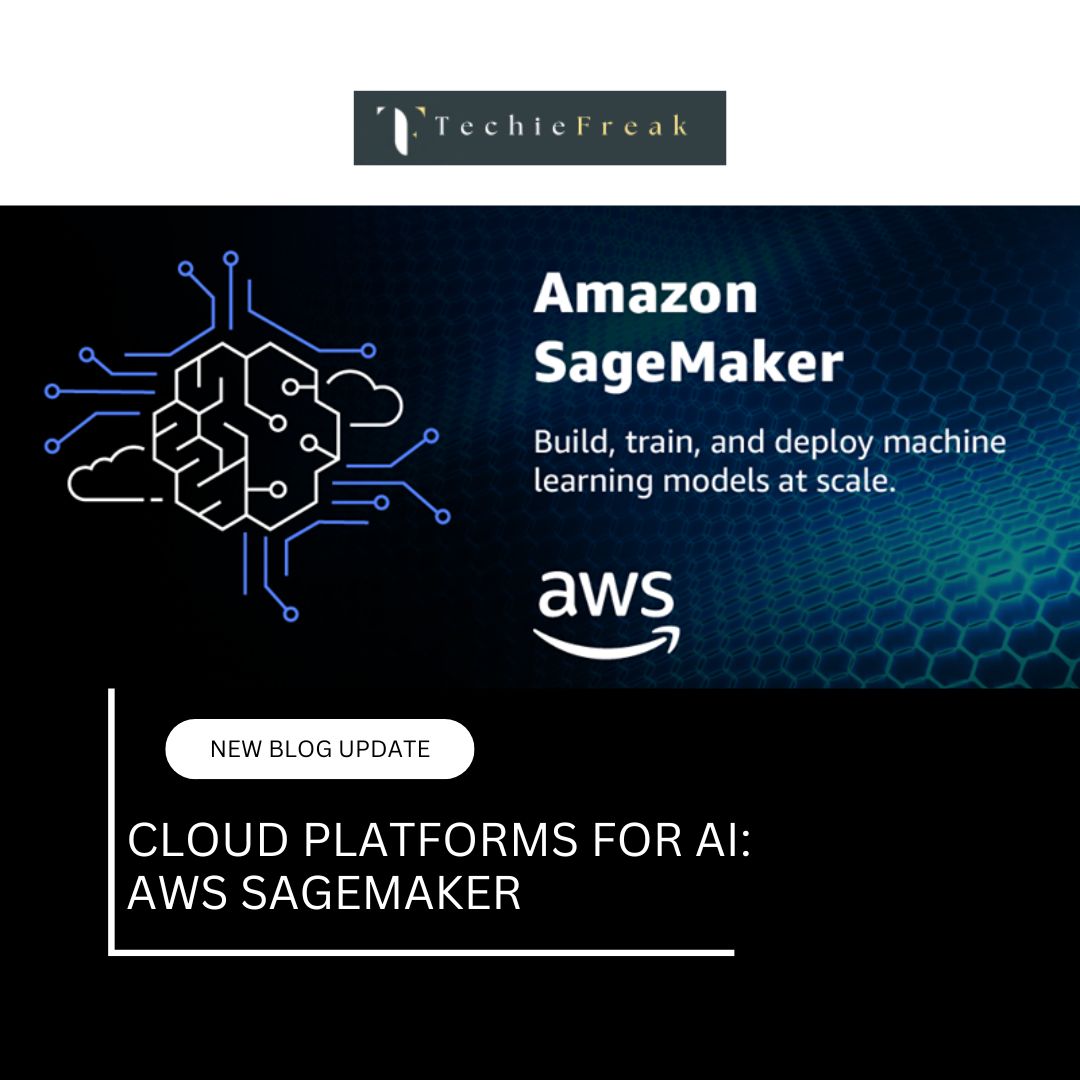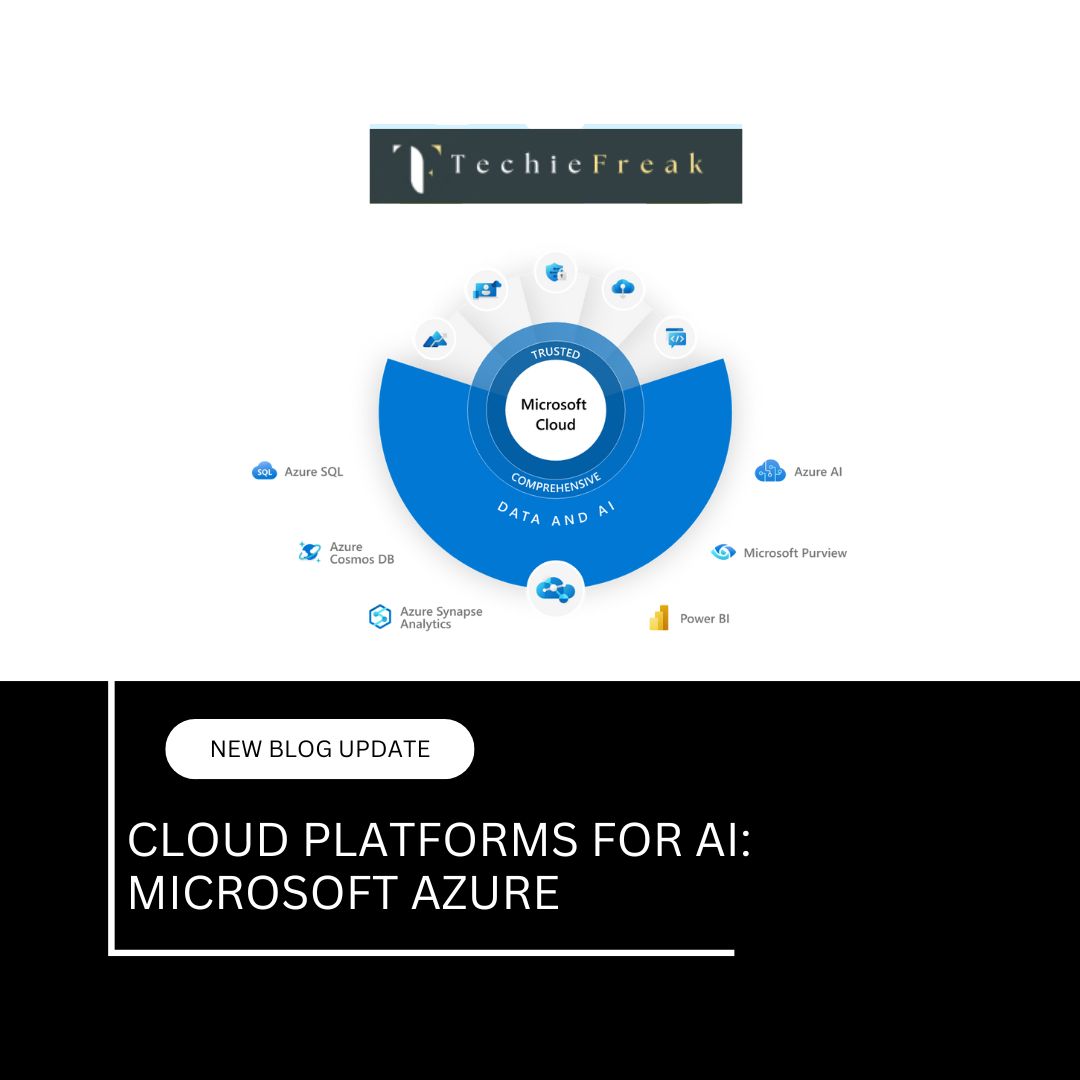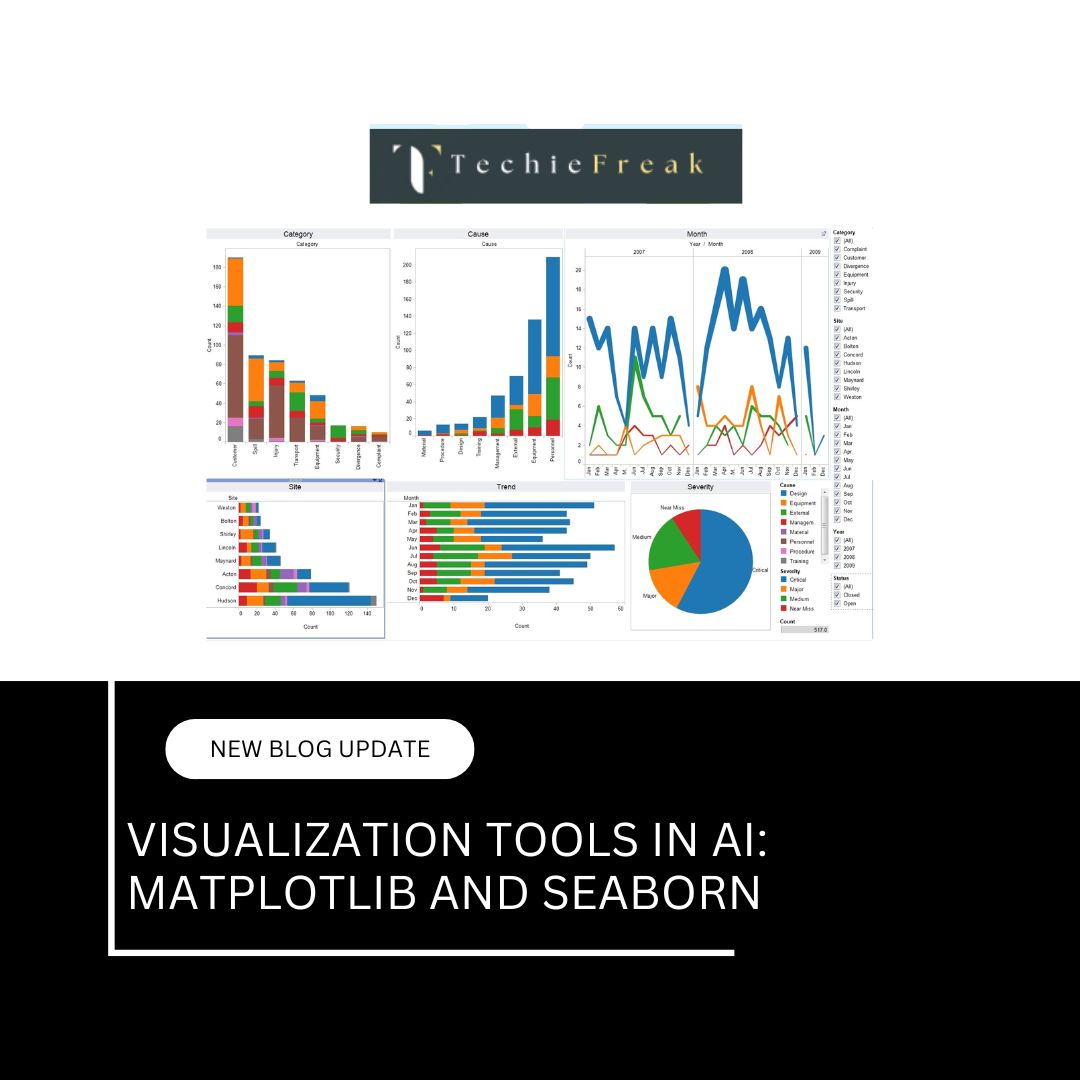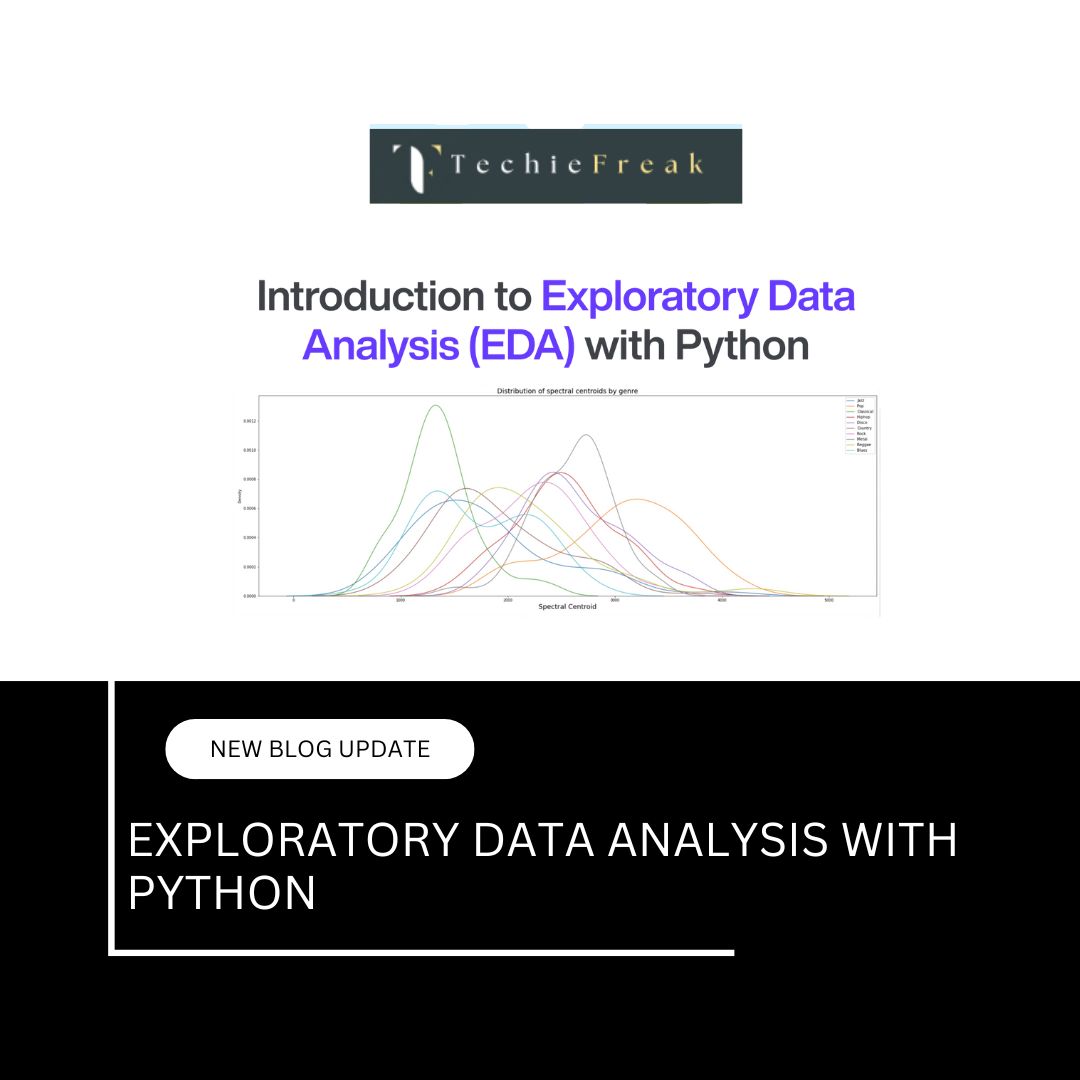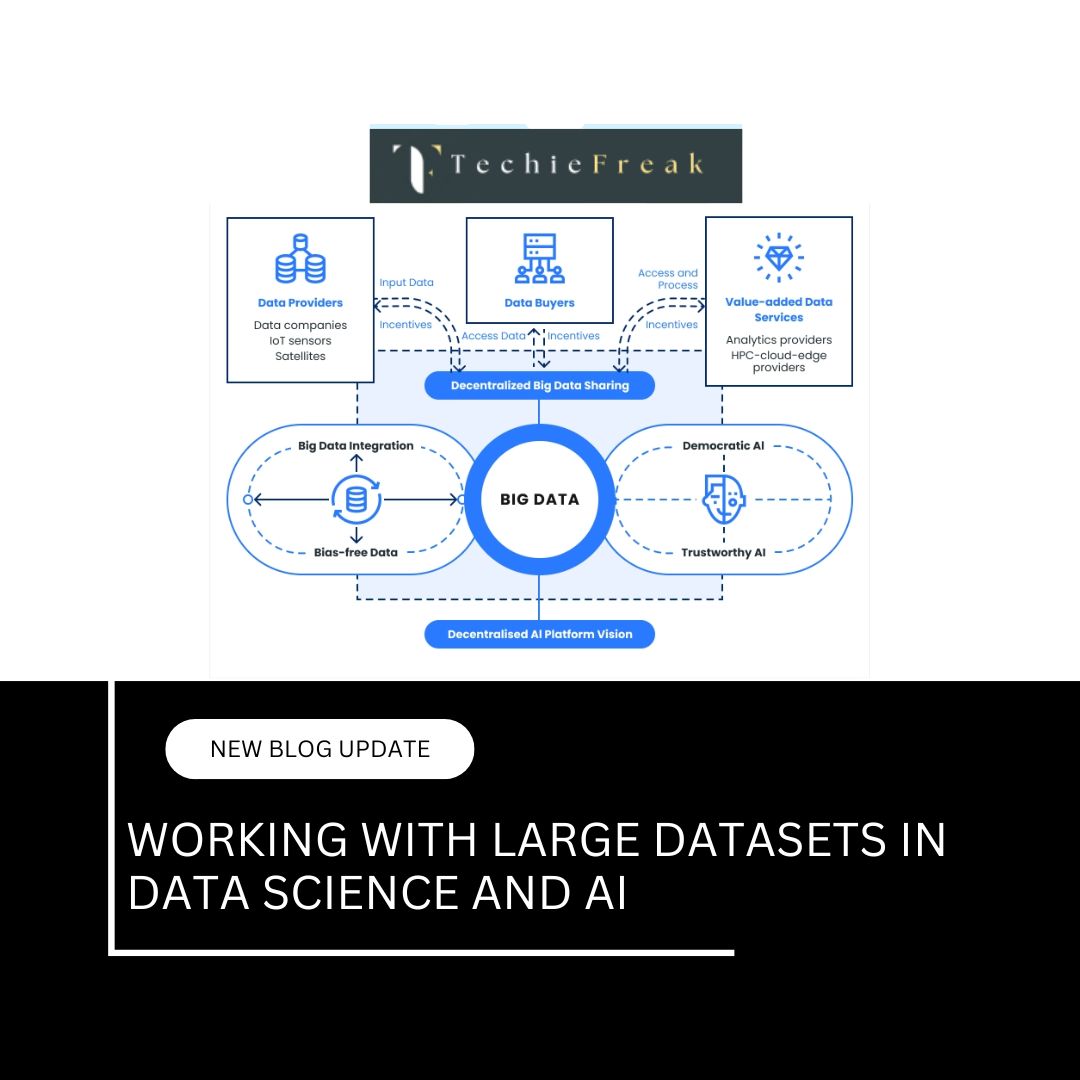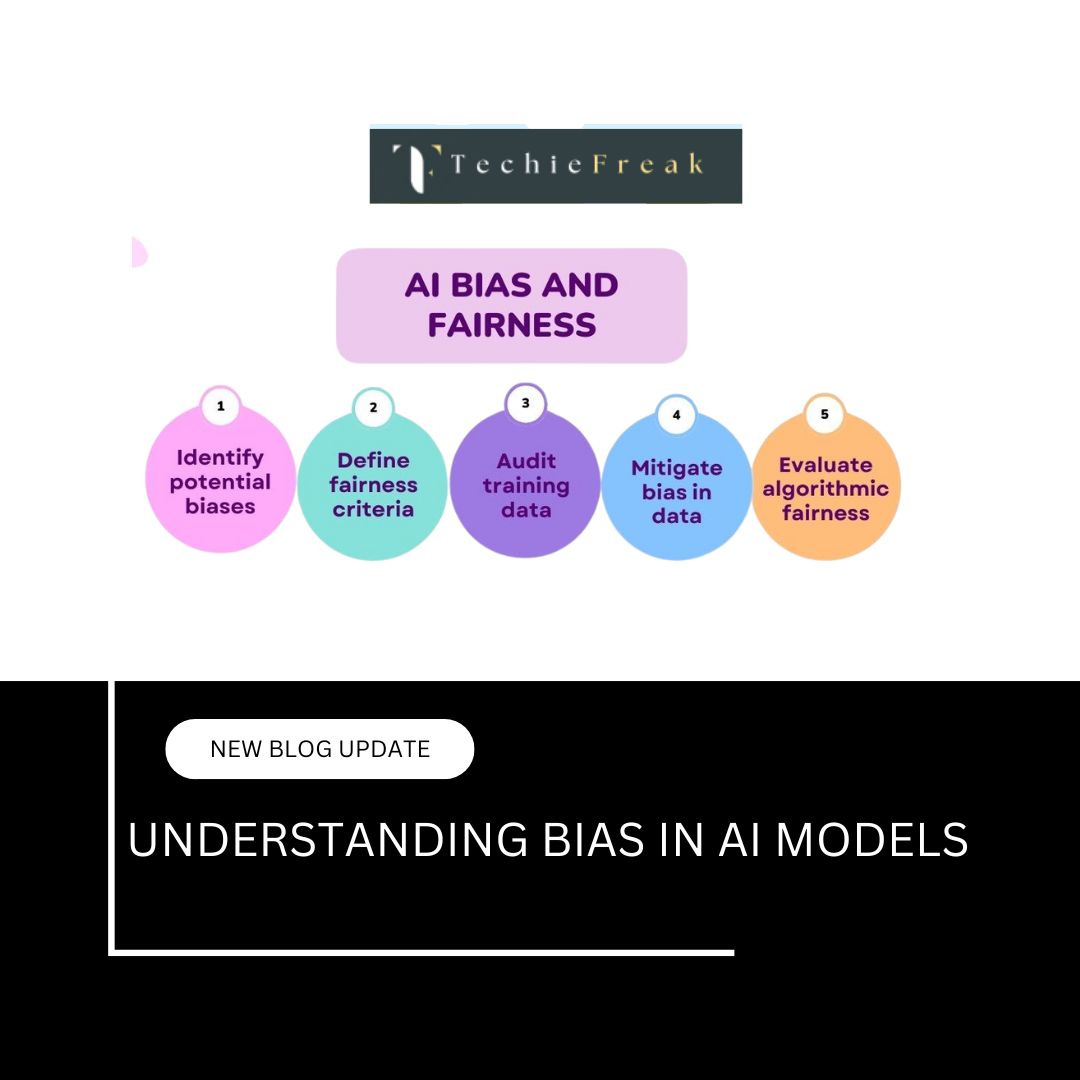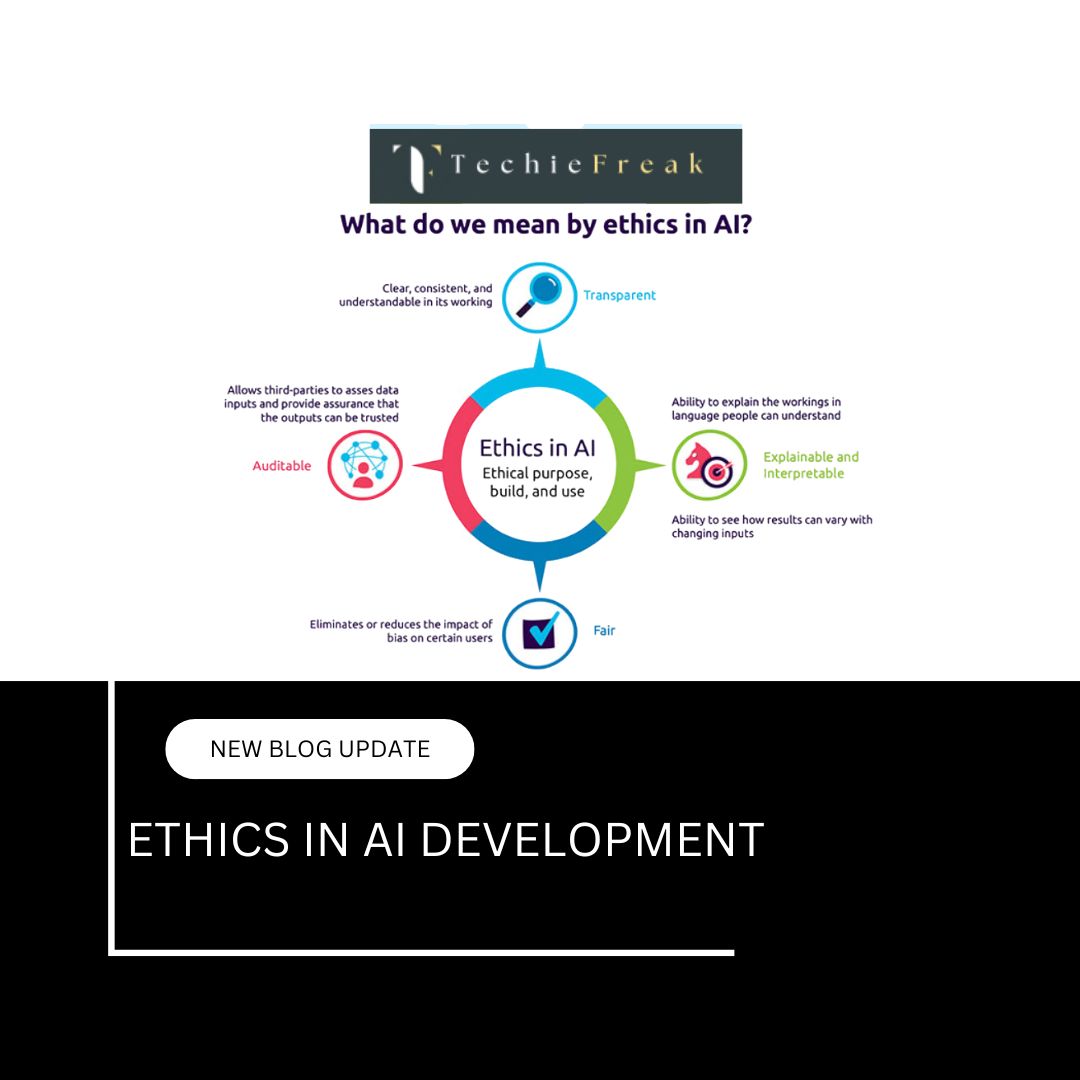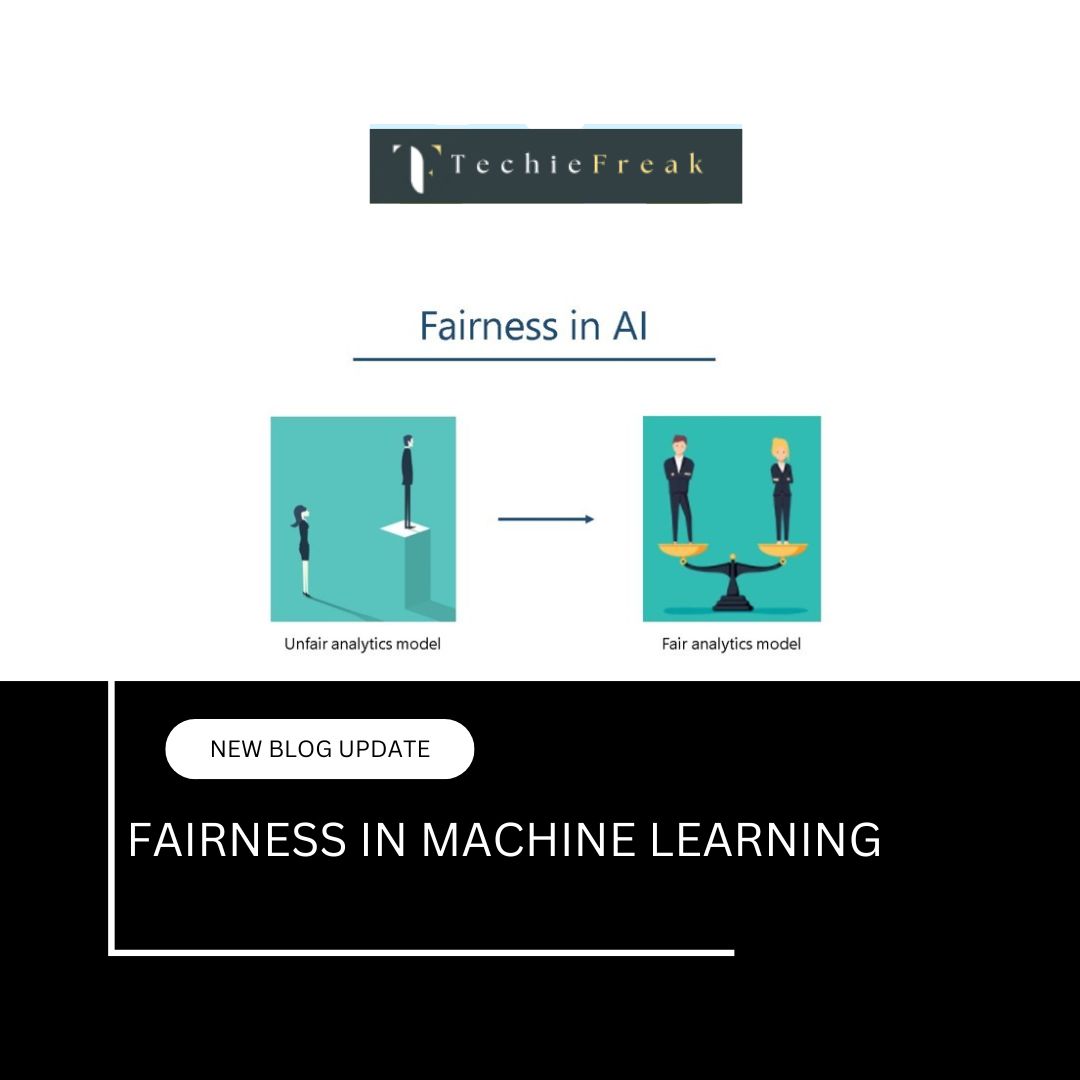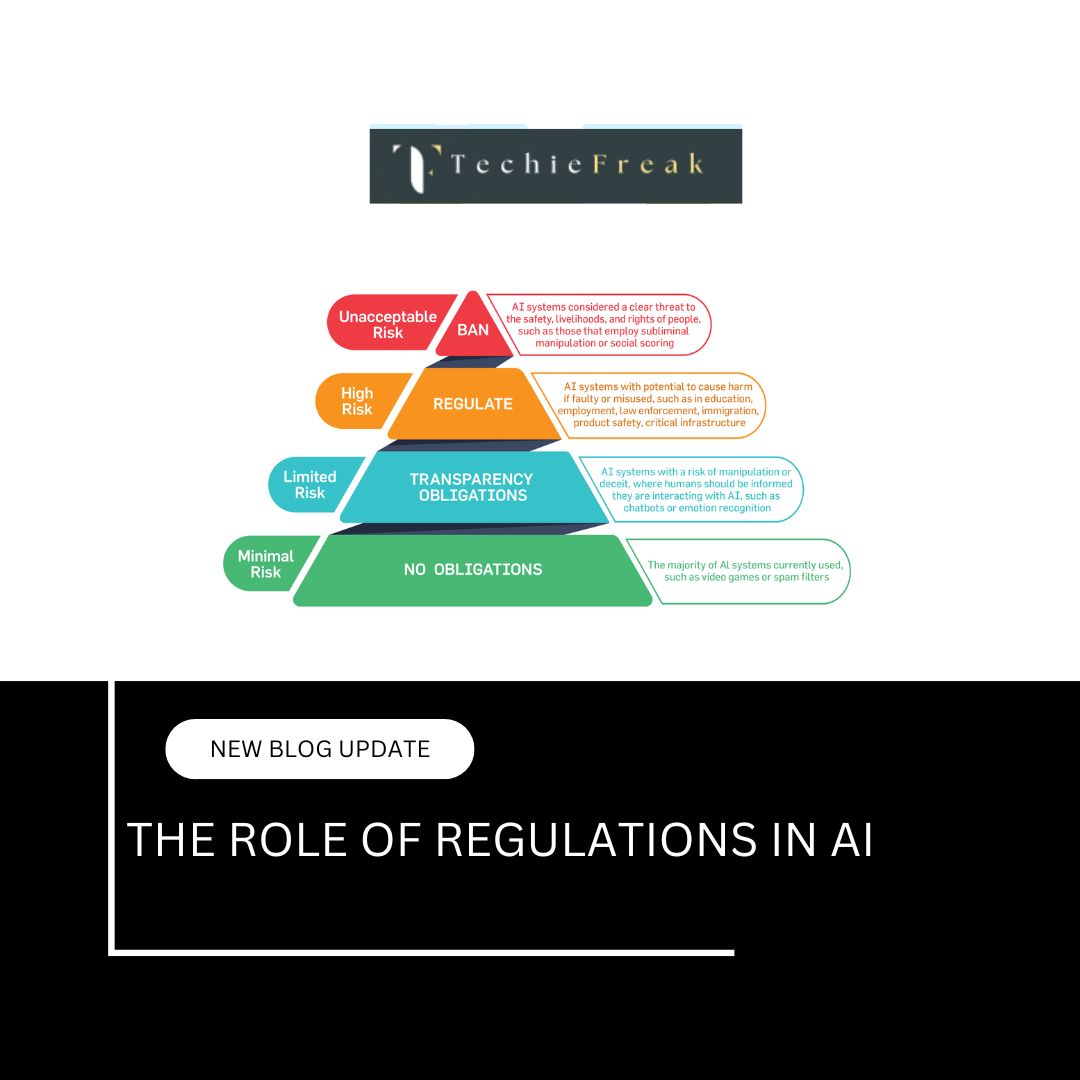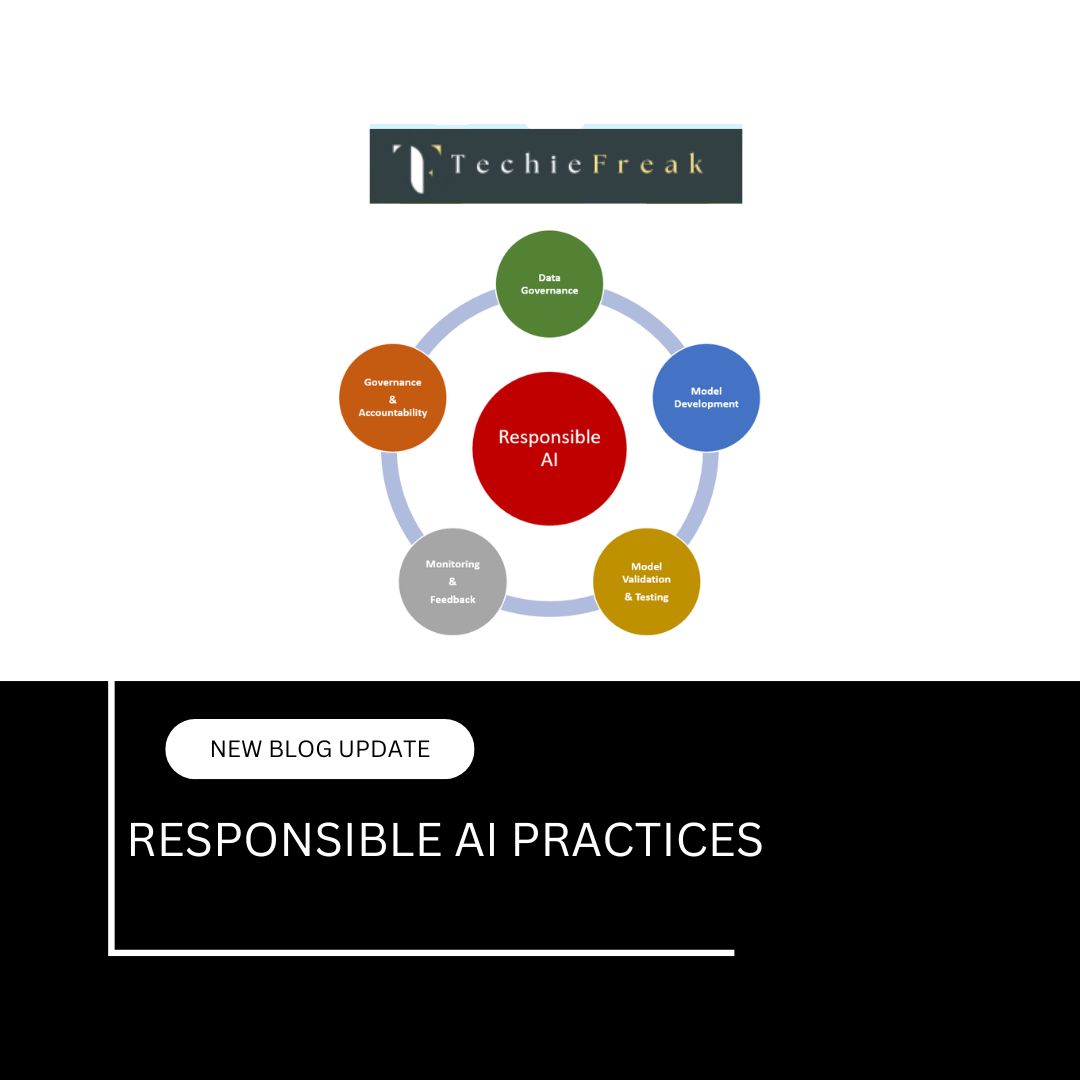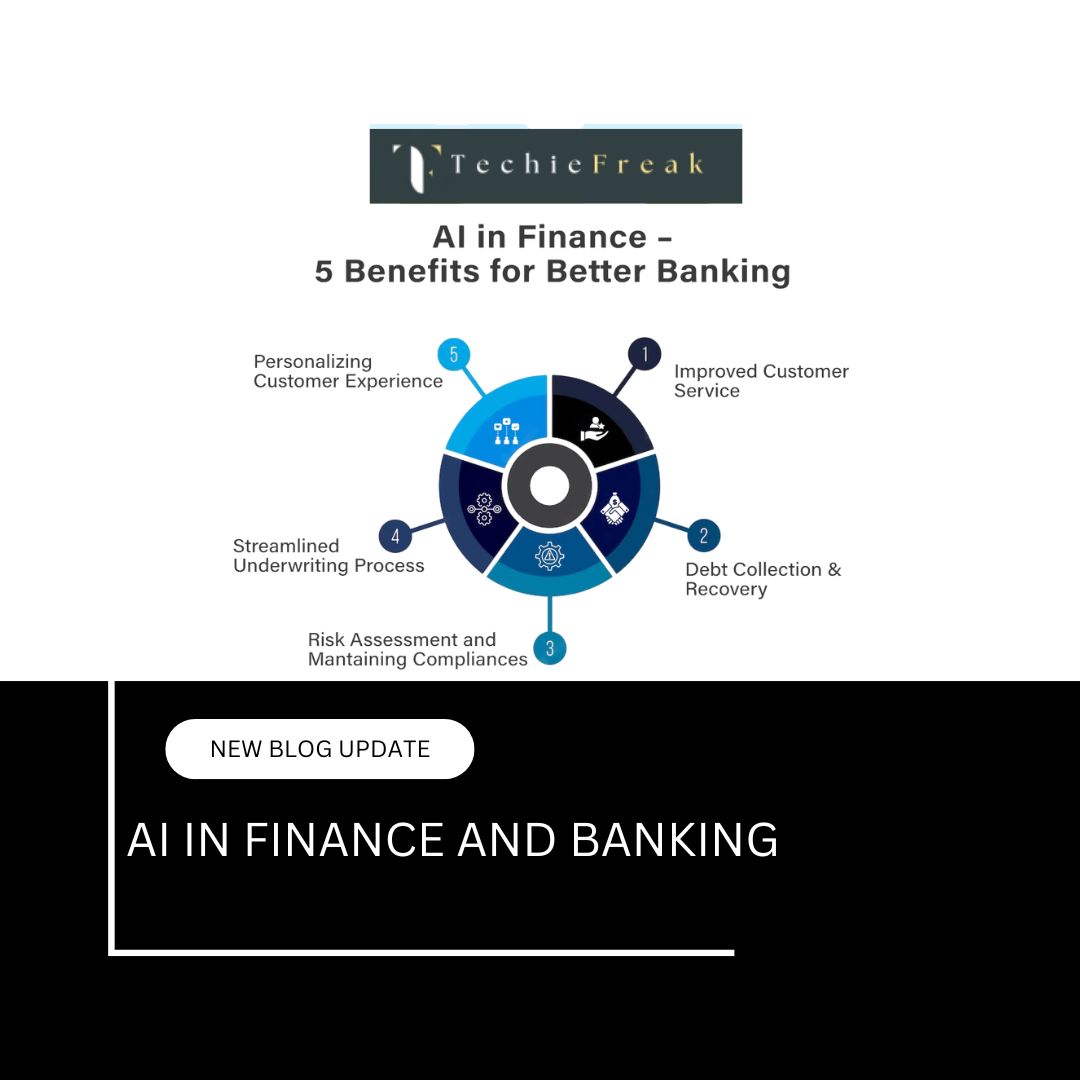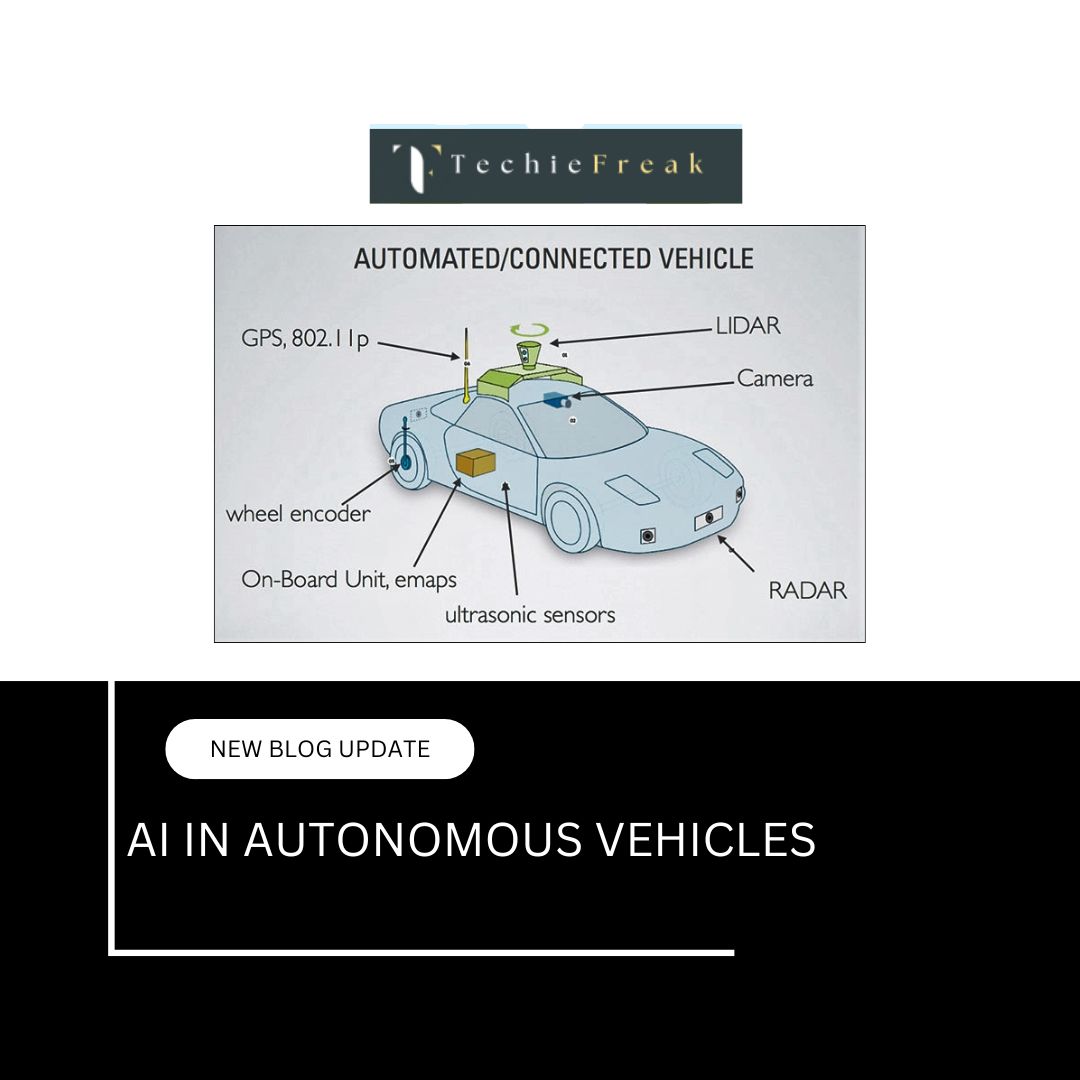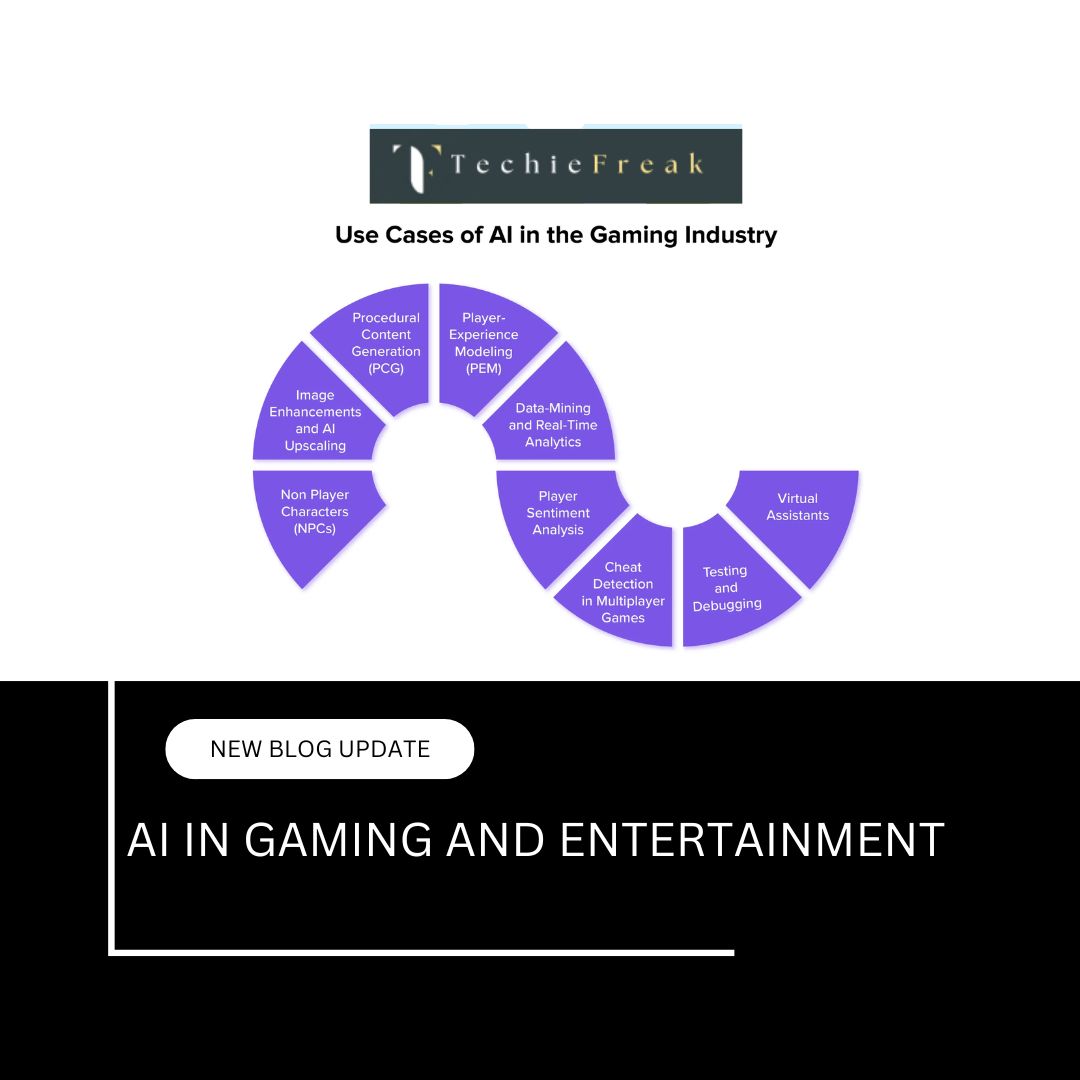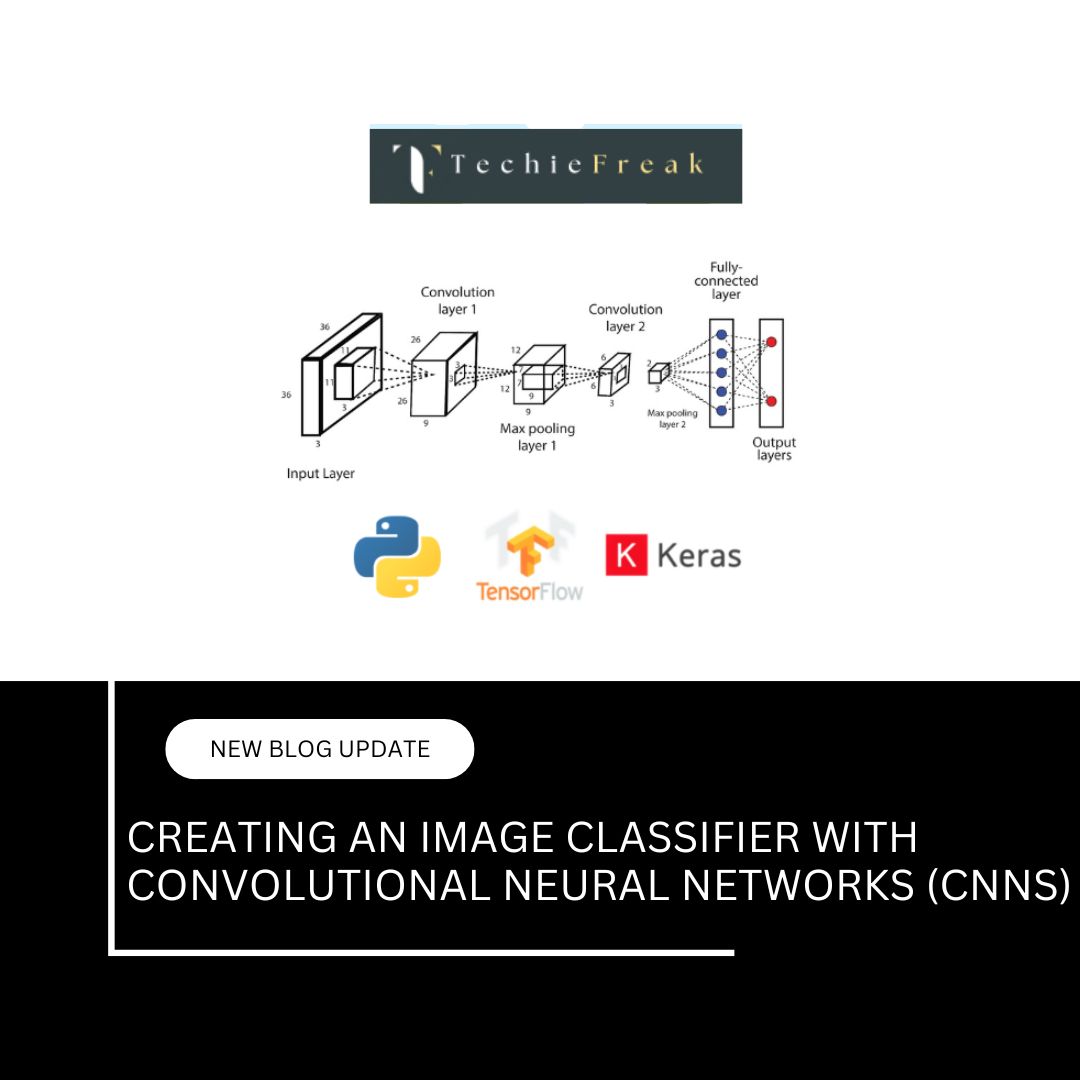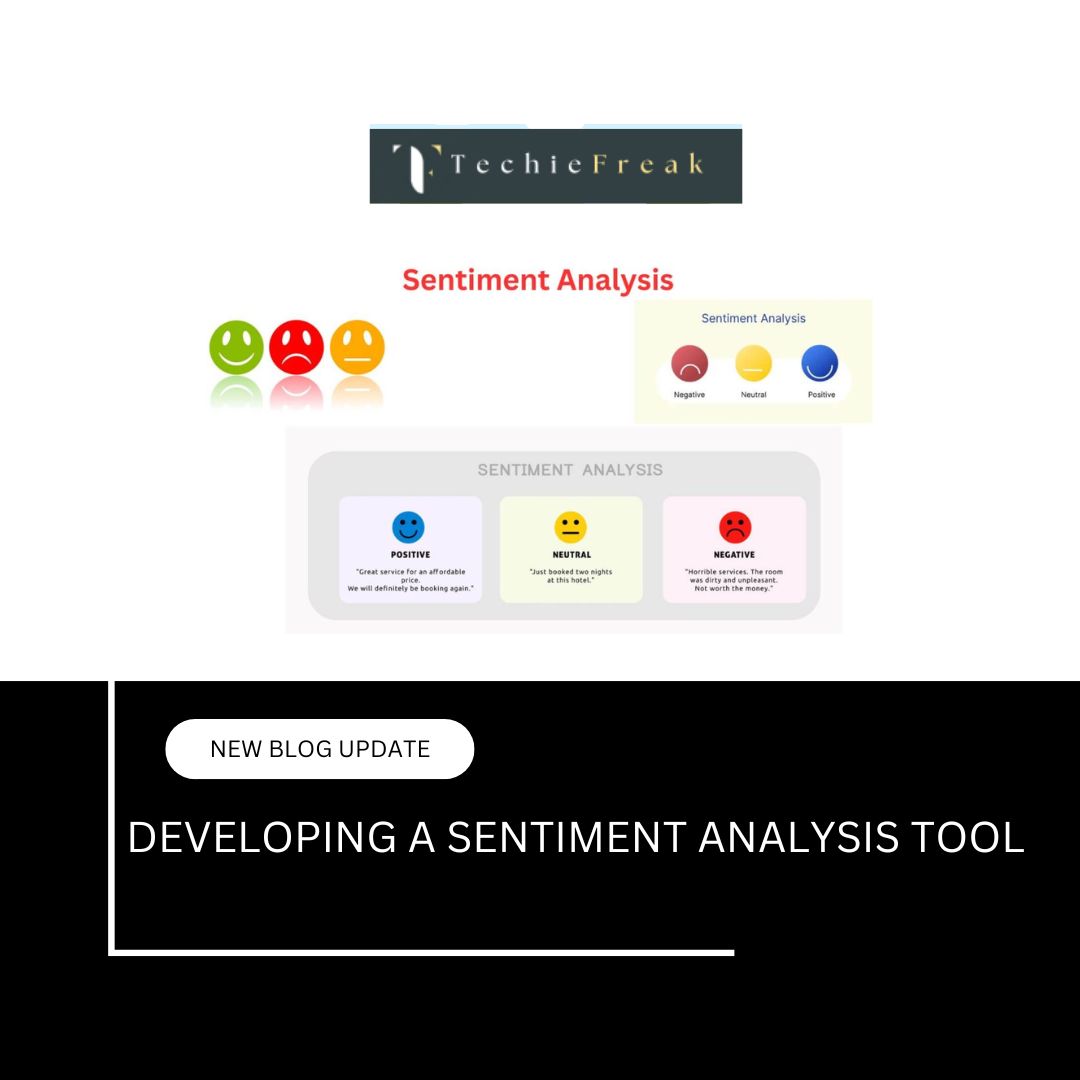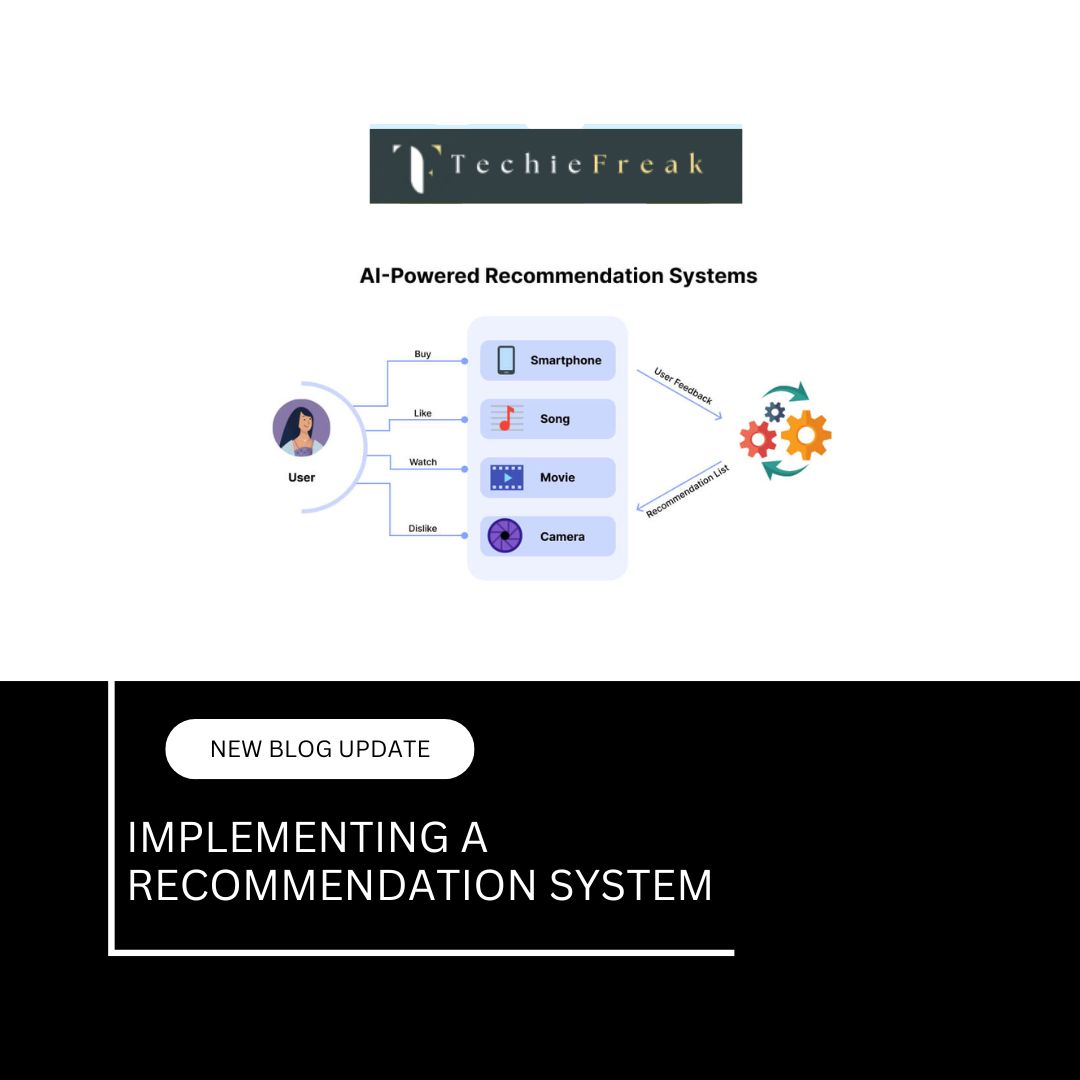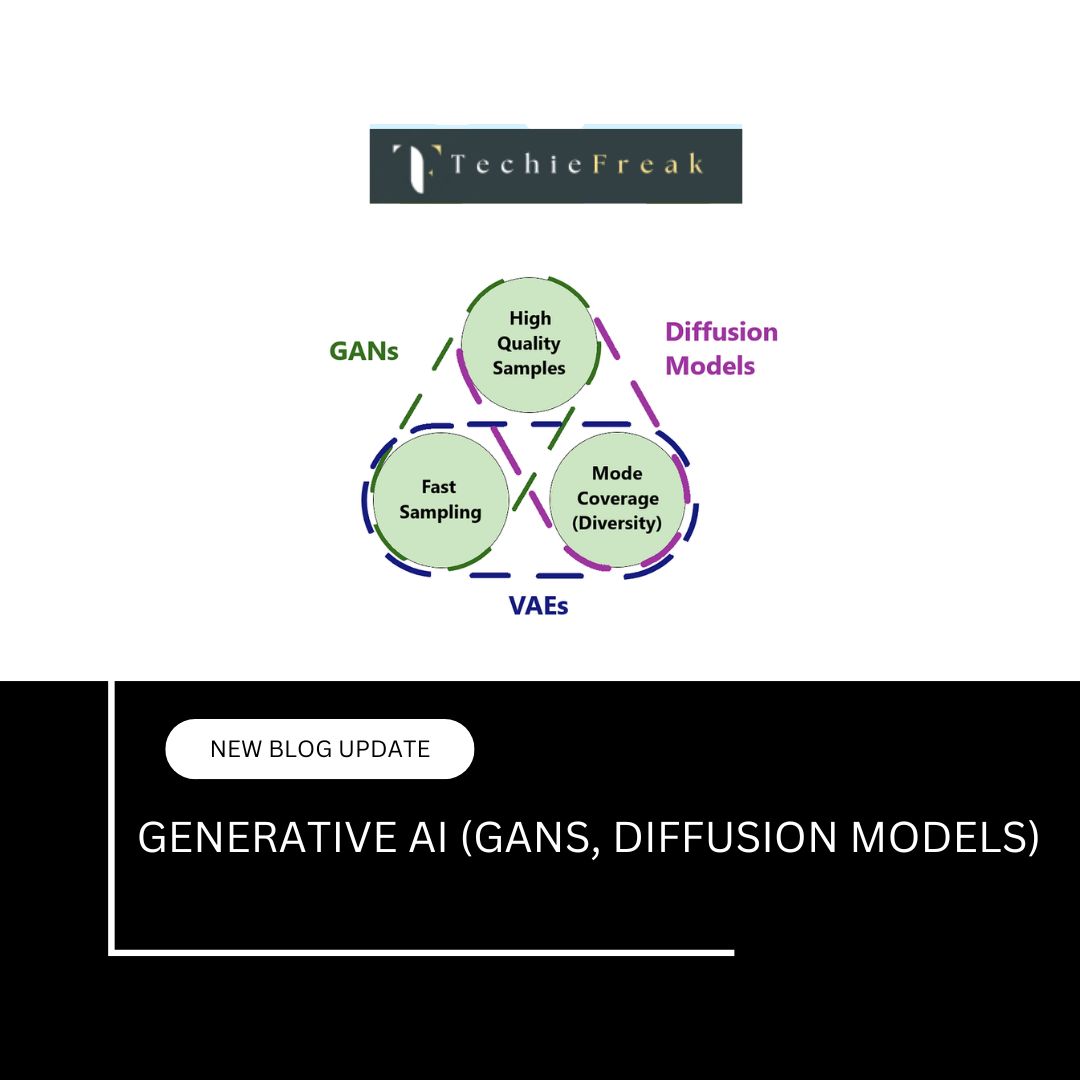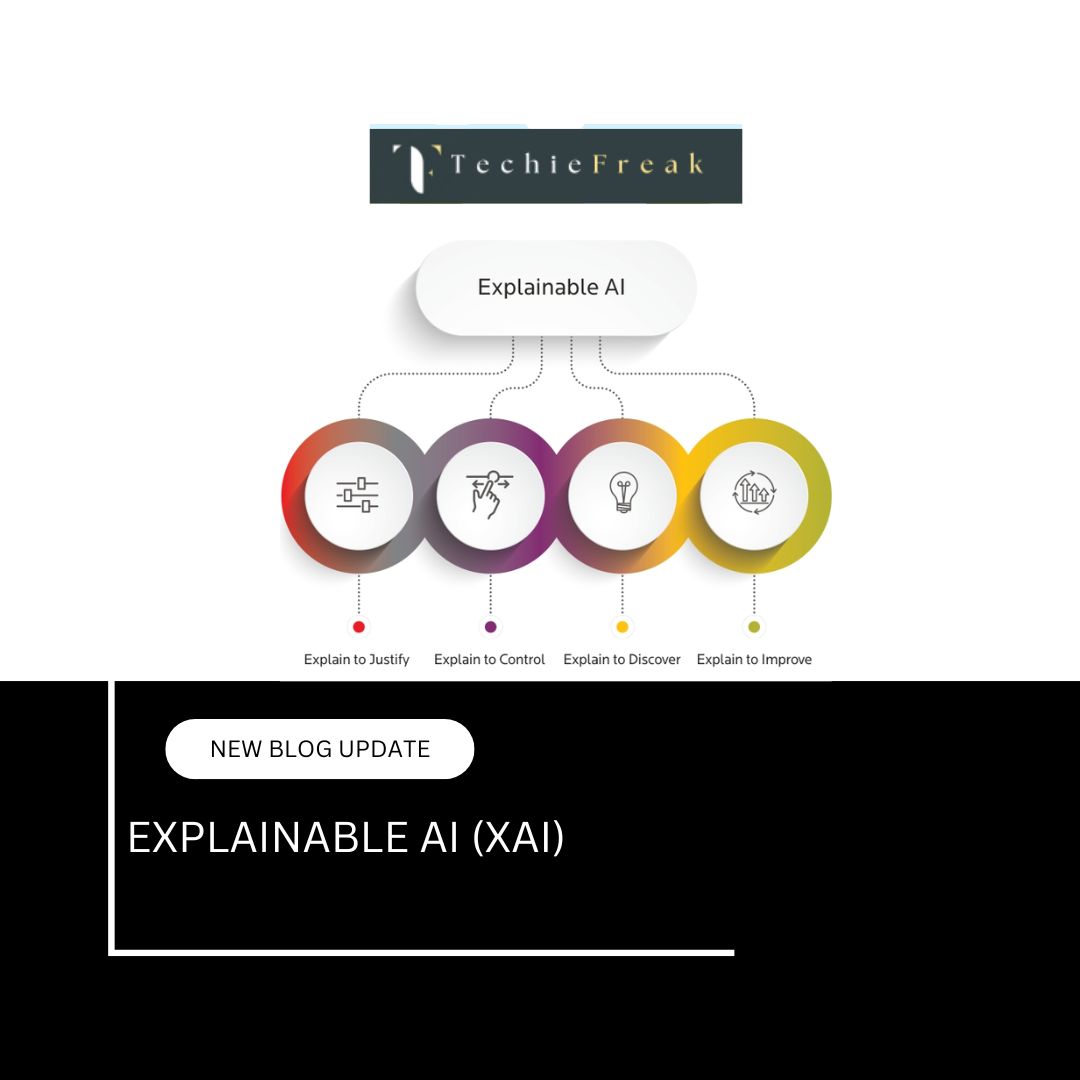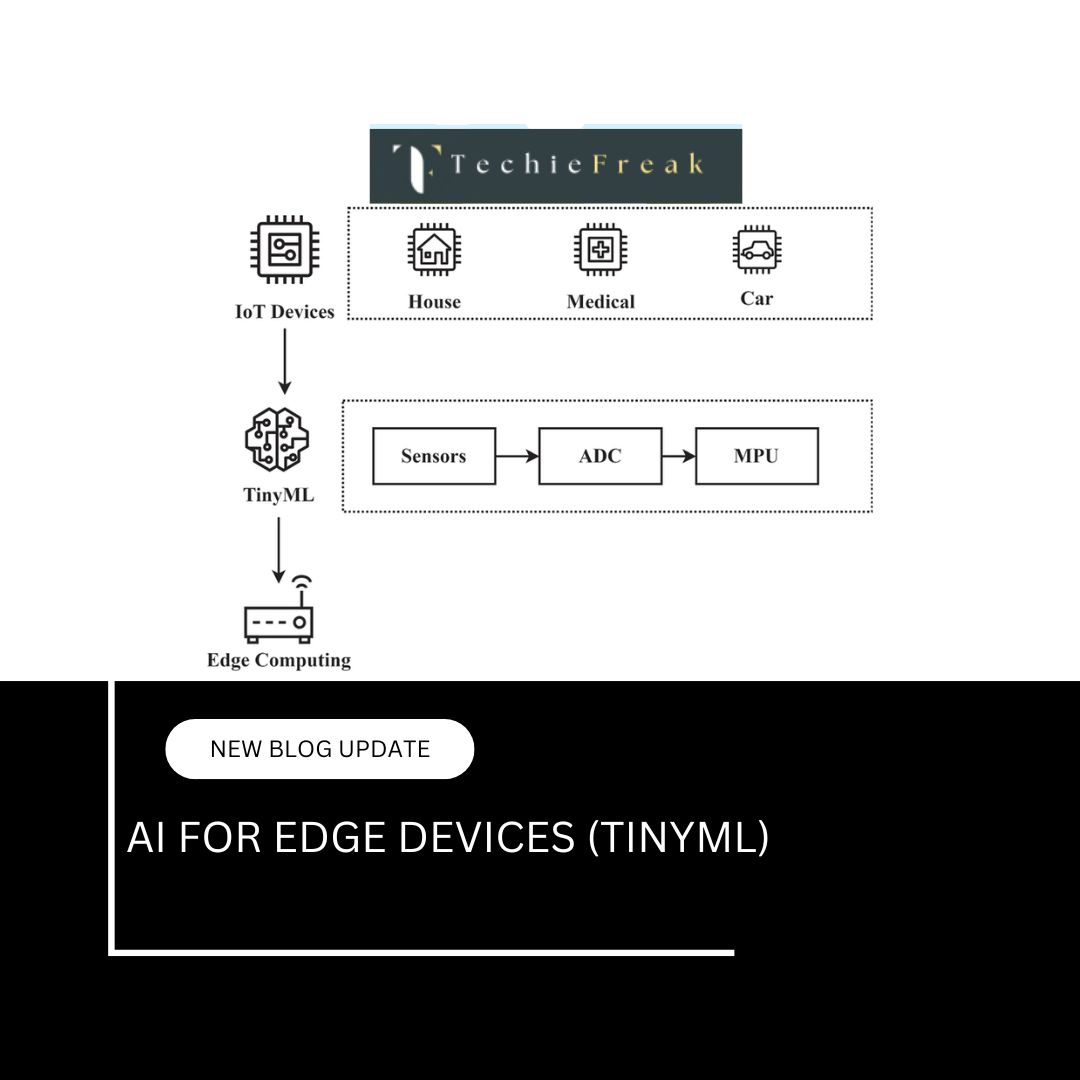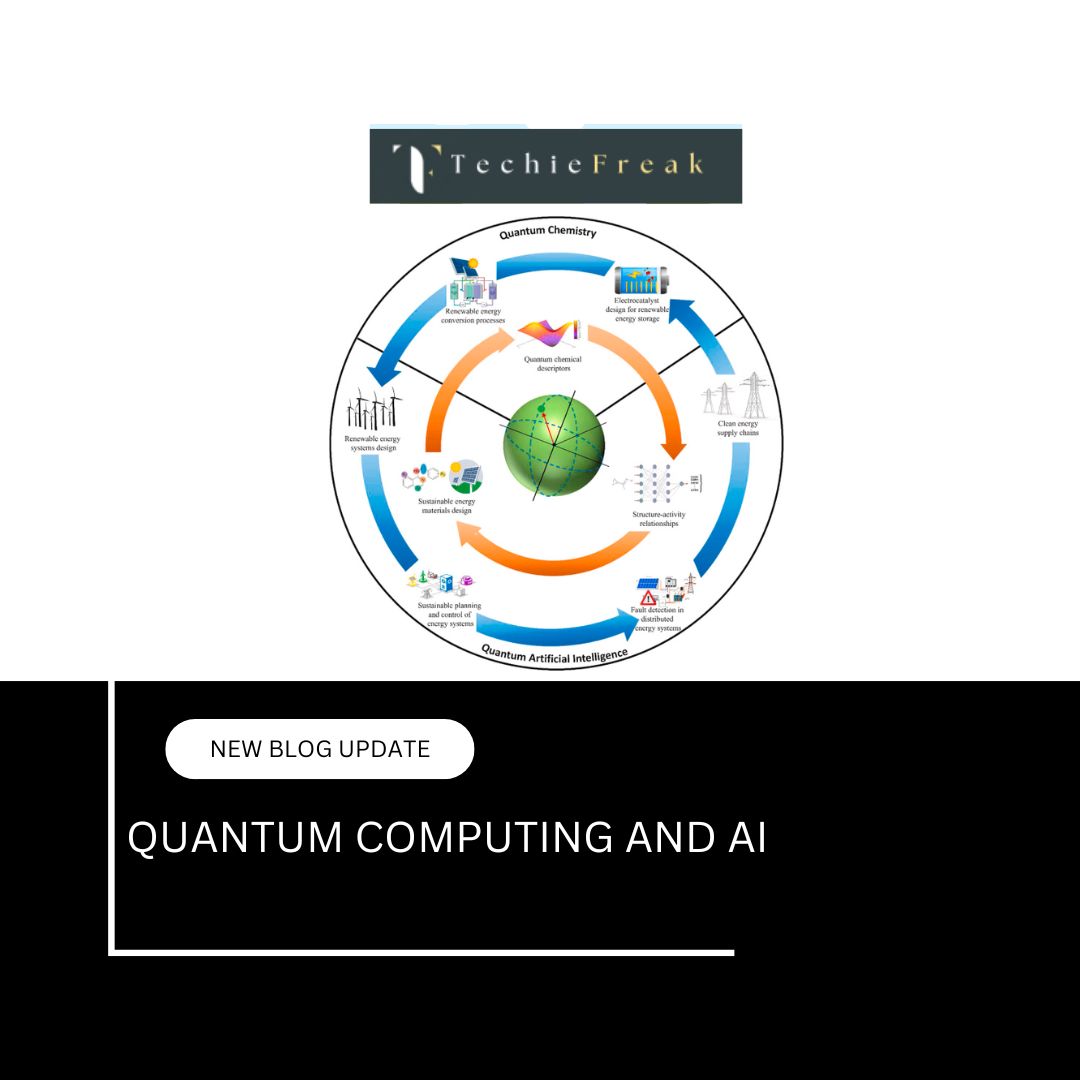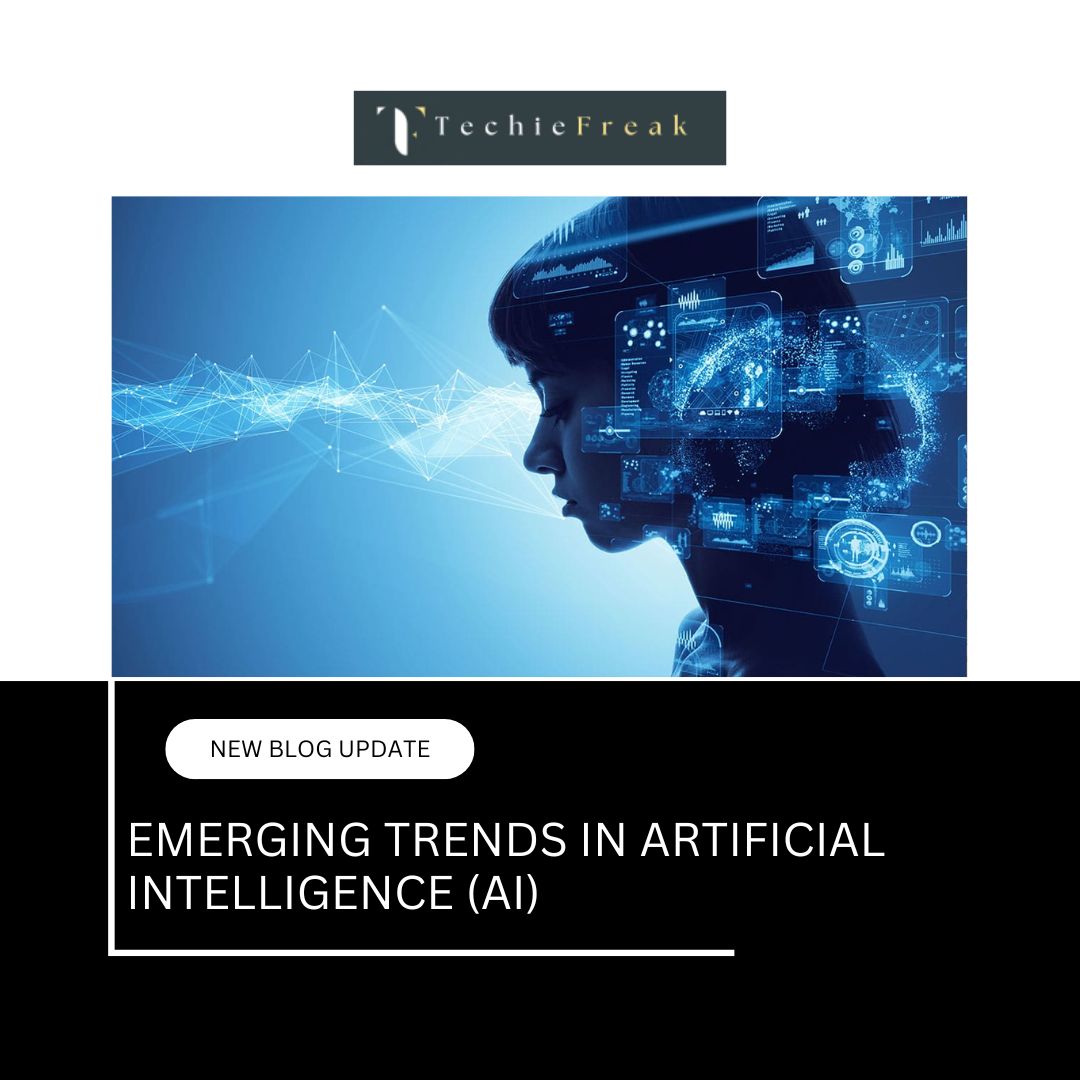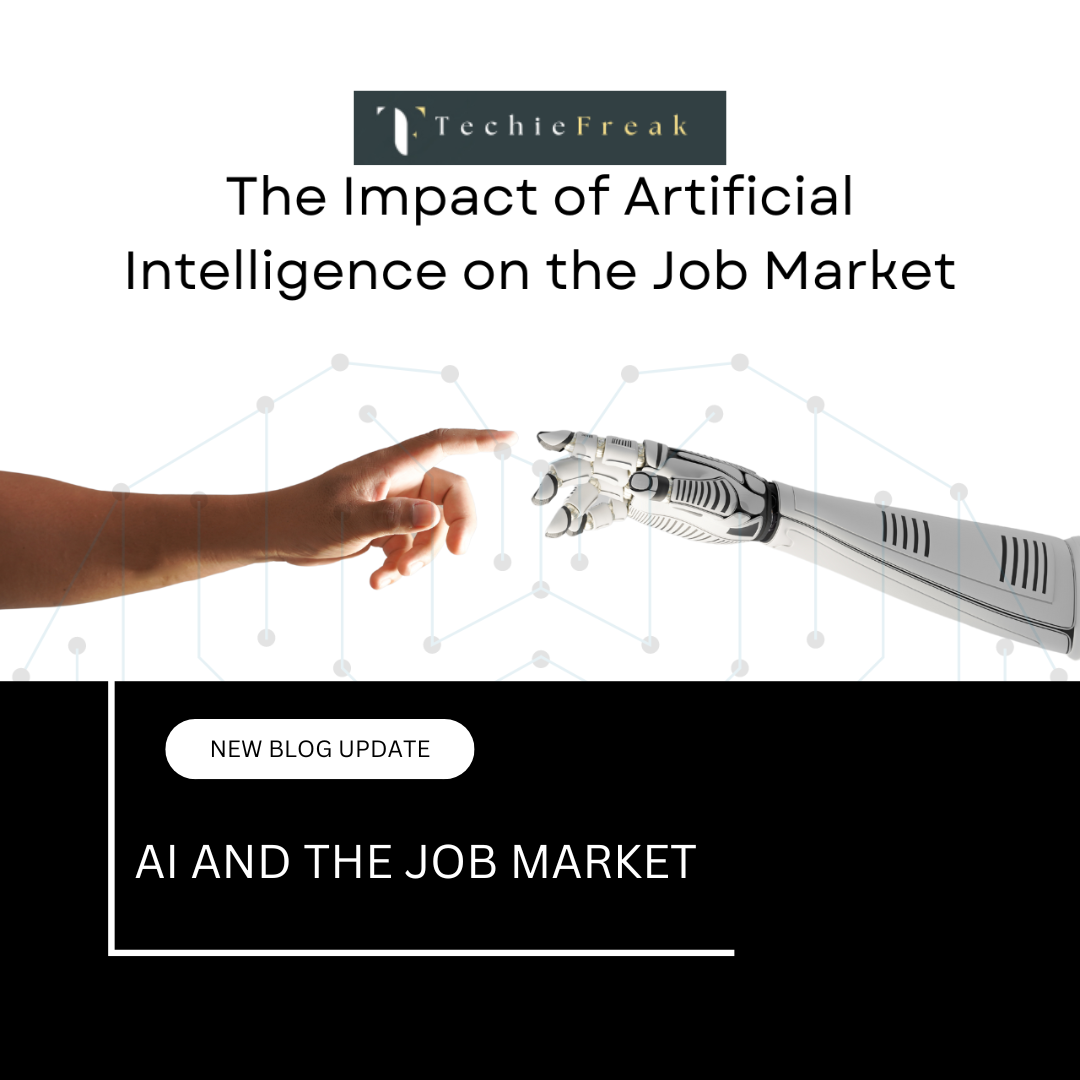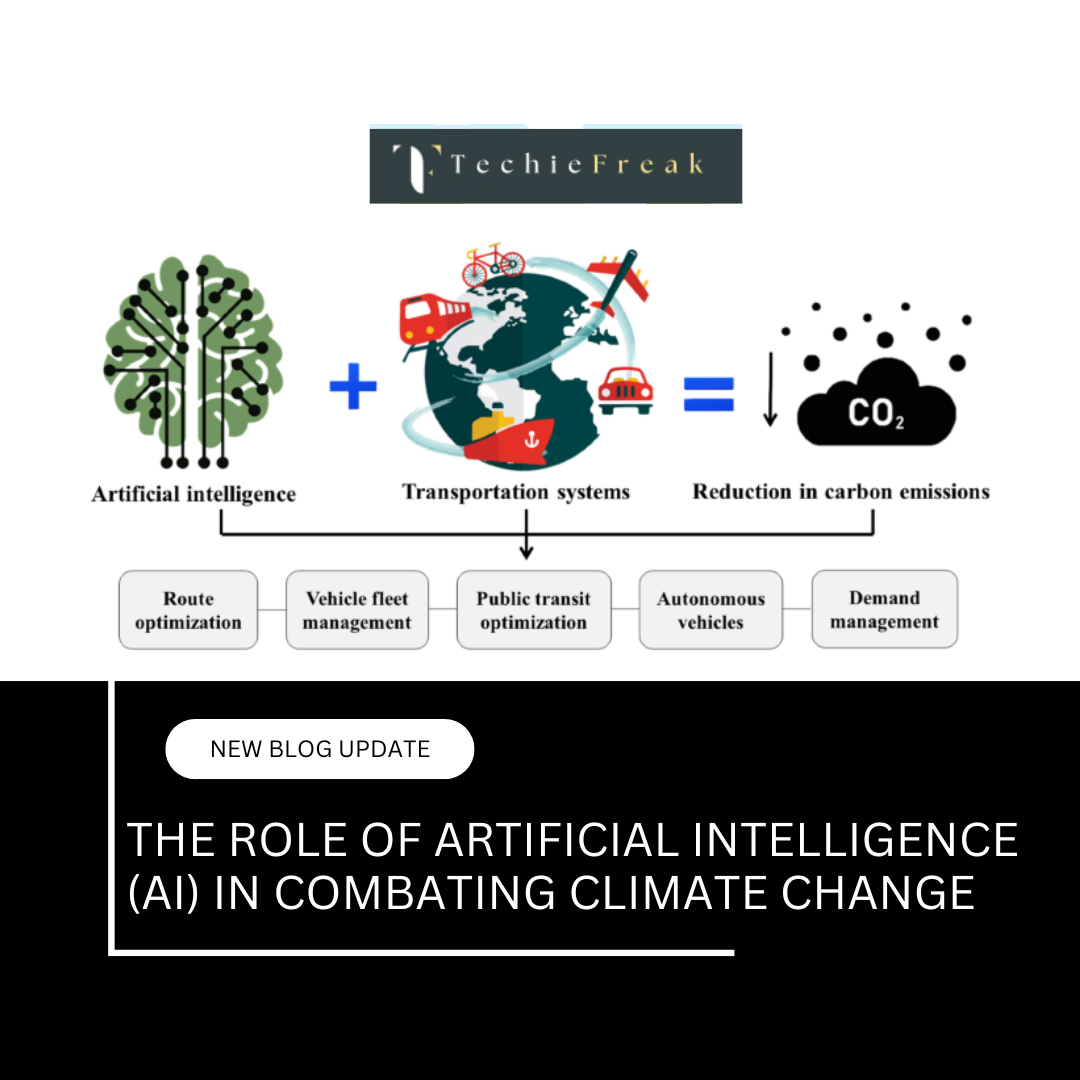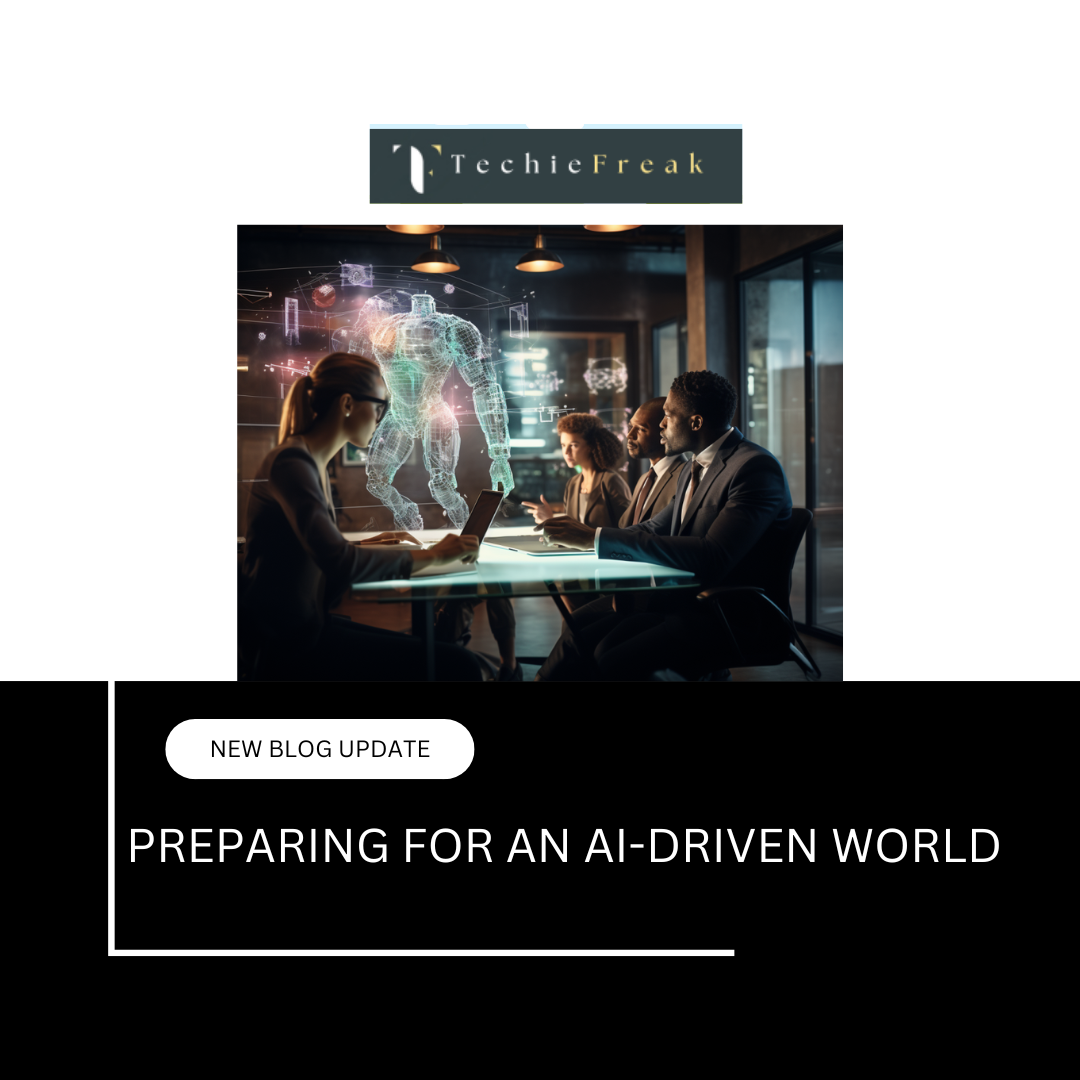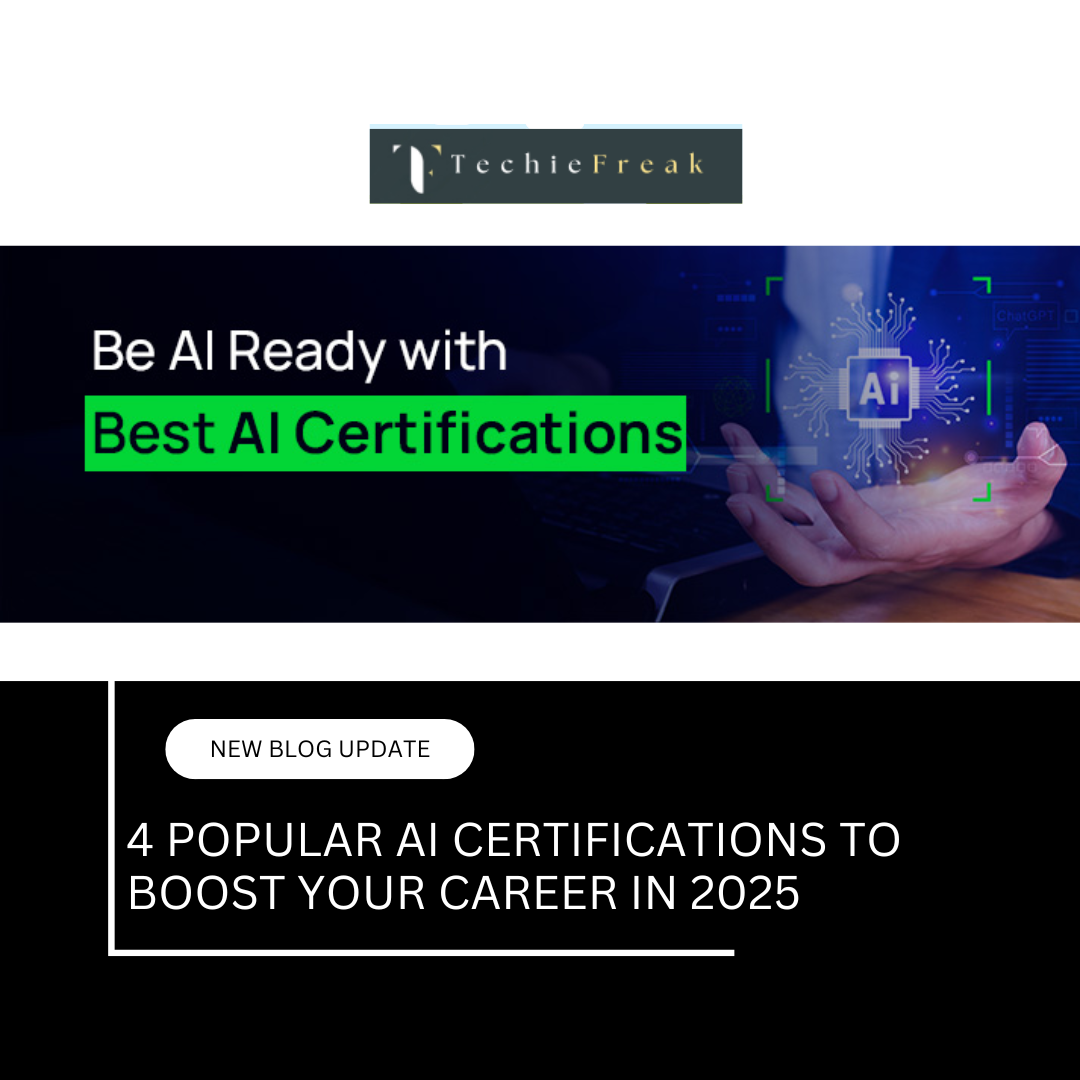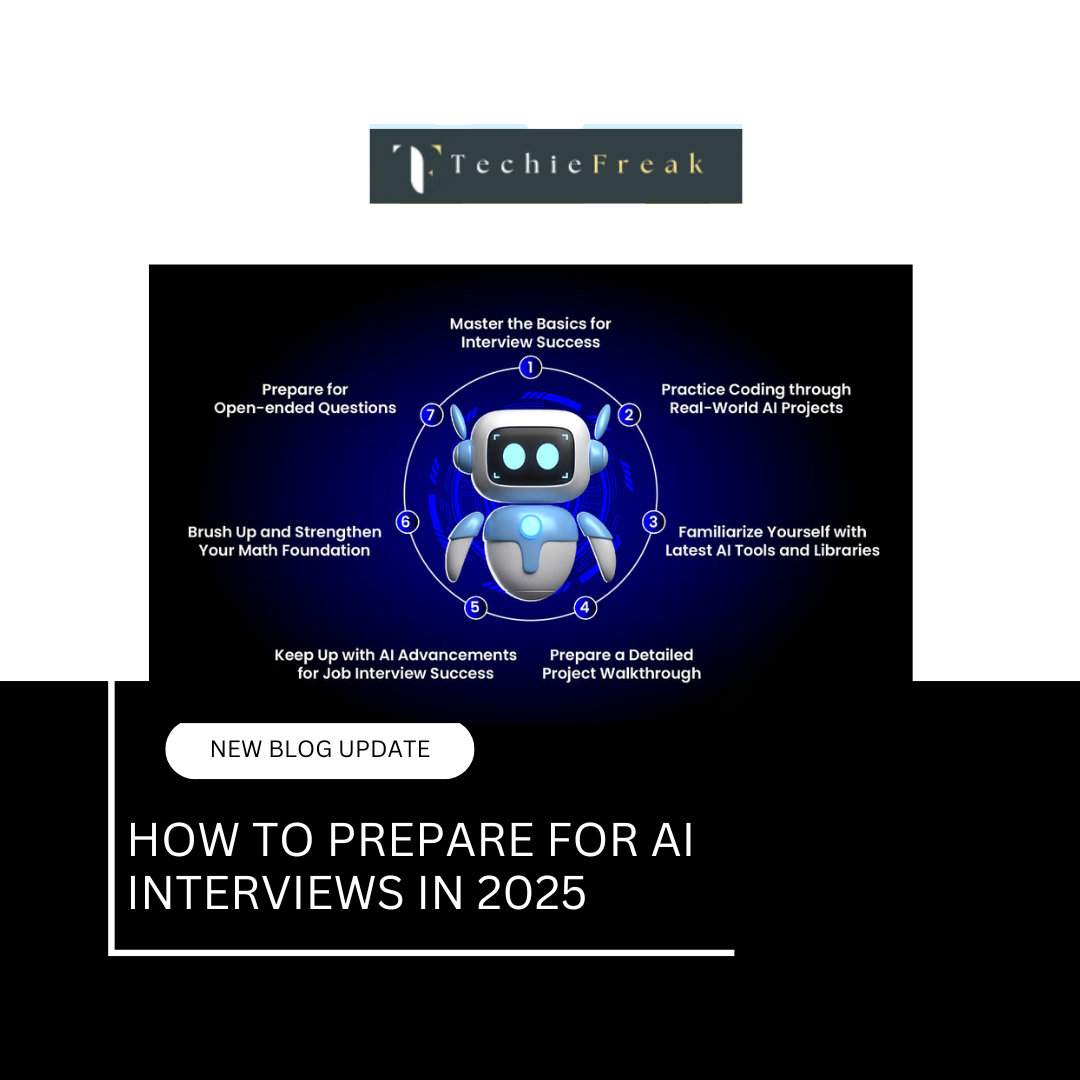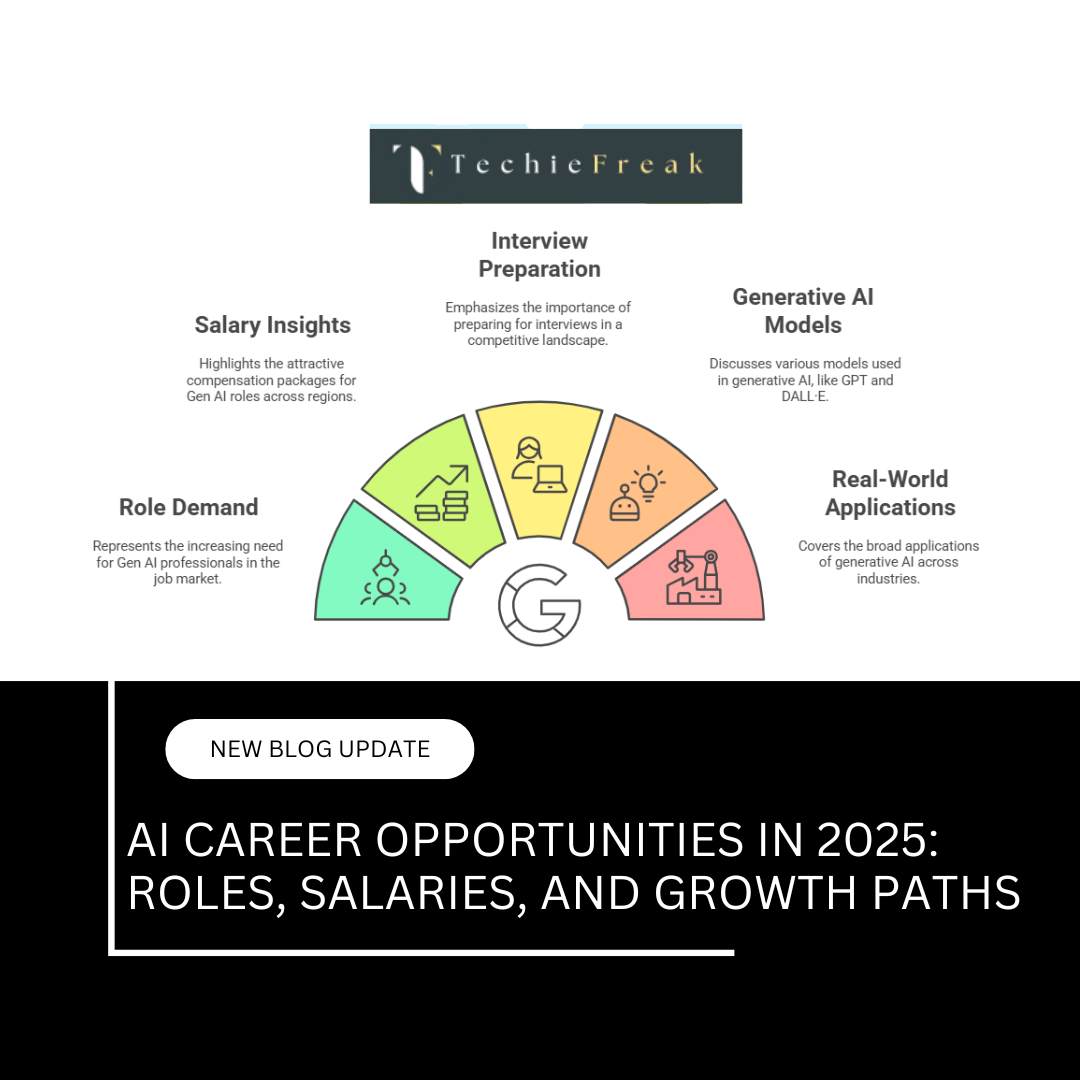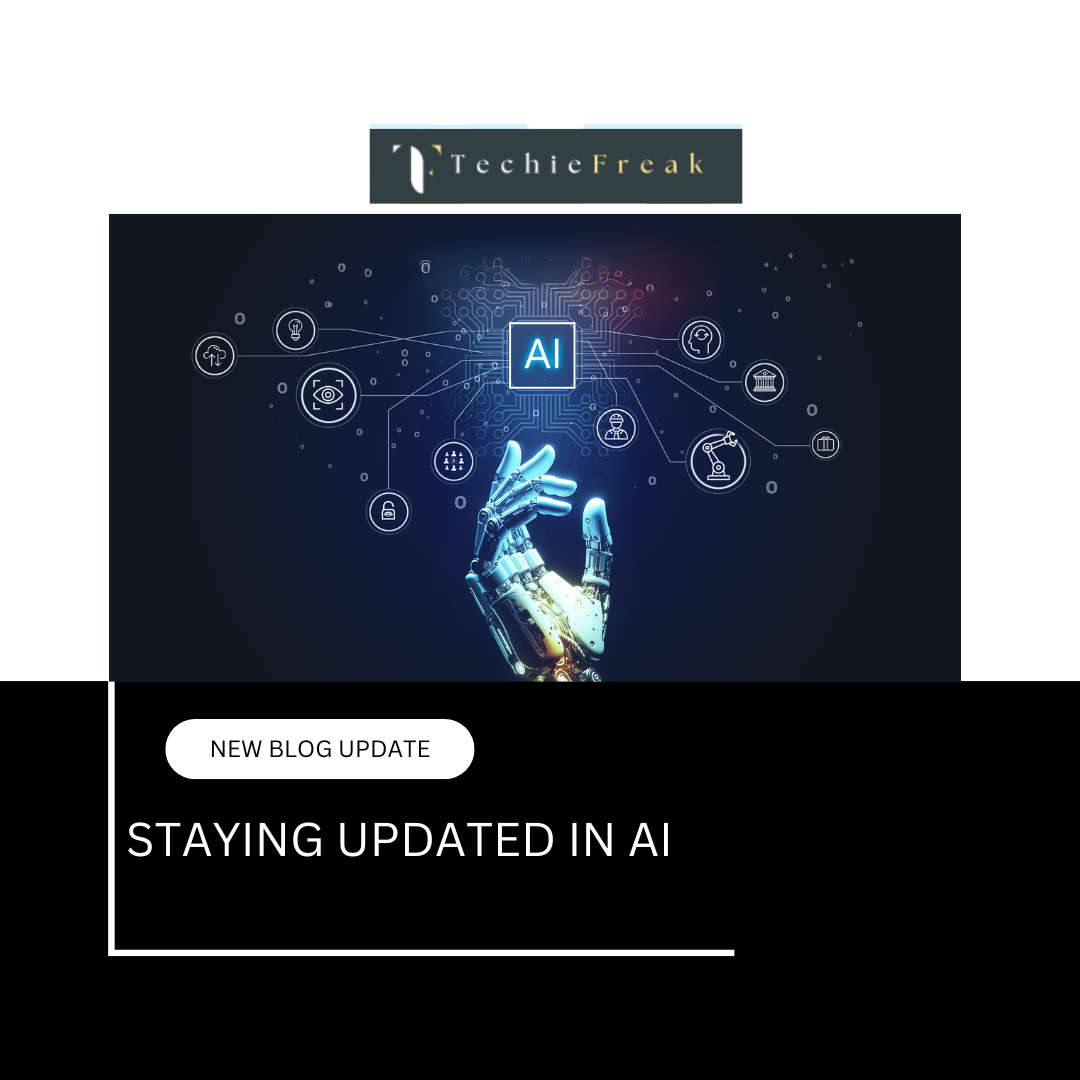History and Evolution of Artificial Intelligence
Artificial Intelligence (AI) has evolved significantly over the decades, from early philosophical concepts to the sophisticated deep learning models of today. This blog explores the journey of AI—from its mythical origins to its future potential.
1. Early Beginnings: Myths, Philosophy, and Early Computing
The concept of artificial intelligence is not a modern invention. The idea of intelligent machines or artificial beings with cognitive abilities has existed in myths, philosophy, and early scientific works for centuries. This section explores how ancient myths, philosophical ideas, and early computing efforts laid the groundwork for the AI we know today.
1.1 Myths and Ancient Concepts of AI
Long before computers existed, ancient civilizations imagined artificial life forms that could think and act on their own. These stories often featured divine beings, mechanical automata, or mythical creatures with intelligence comparable to humans.
Greek Mythology: The Automaton Talos
In Greek mythology, Talos was a giant bronze automaton created by the god Hephaestus. He was designed to protect the island of Crete by circling its borders and throwing stones at intruders. Talos had an internal mechanism—described as a vein filled with ichor (a divine fluid)—which, if damaged, would render him lifeless. This ancient myth suggests an early human fascination with intelligent, self-operating machines.
Chinese and Indian Legends: Early Artificial Humanoids
- China: In the 3rd century BCE, a Chinese engineer named Yan Shi reportedly built a humanoid machine that could move and act like a real person. When presented to the king, the mechanical figure amazed onlookers with its lifelike movements.
- India: Hindu mythology mentions statues and idols that could speak, move, or act under divine influence, resembling early depictions of artificial beings.
These myths reflect an innate human curiosity about creating autonomous machines, a concept that centuries later became a scientific pursuit.
1.2 Philosophical Foundations of AI
The development of AI as a scientific field was preceded by centuries of philosophical discussions about intelligence, reasoning, and the nature of human thought.
Aristotle (384–322 BC): The Father of Formal Logic
Aristotle laid the foundation for symbolic logic, which later influenced AI. His system of syllogisms (logical statements with premises and conclusions) became the basis for reasoning models used in AI.
For example, Aristotle’s logic:
- Premise 1: All humans are mortal.
- Premise 2: Socrates is a human.
- Conclusion: Therefore, Socrates is mortal.
This structured reasoning inspired later AI researchers to develop rule-based systems for decision-making.
René Descartes (1596–1650): Machines That Think
Descartes explored the idea that the human mind functions like a machine. He suggested that thinking processes could be broken down into mechanical operations, an idea that later influenced AI and robotics. His famous statement "Cogito, ergo sum" (I think, therefore I am) questioned whether a machine could ever replicate human thought.
Alan Turing (1912–1954): The Turing Test
Often called the father of AI, Alan Turing was one of the first scientists to seriously propose the idea of machines mimicking human intelligence. In 1950, he introduced the Turing Test, a method to determine if a machine could exhibit human-like intelligence.
- In the Turing Test, a human judge interacts with both a machine and a human without knowing which is which.
- If the machine’s responses are indistinguishable from the human's, it is considered to have passed the test.
This test remains a foundational concept in AI research.
1.3 Early Computing and the First AI Concepts
The development of AI was only possible because of advances in mechanical computing. Several key figures contributed to building machines that laid the groundwork for AI.
1830s: Charles Babbage and Ada Lovelace – The First Programmable Machine
- Charles Babbage designed the Analytical Engine, the first concept of a general-purpose mechanical computer.
- Ada Lovelace, often called the first computer programmer, wrote the first algorithm intended to be executed by a machine. She also theorized that machines could be programmed to do more than just calculations, predicting AI’s potential a century before it emerged.
1936: Alan Turing and the Turing Machine
- Turing proposed the Turing Machine, a hypothetical computing device capable of solving any mathematical problem given the right algorithm.
- This laid the foundation for modern computers and showed that machines could process logical operations like humans.
1940s: The Birth of Modern Computing
The invention of electronic computers in the 1940s made AI research possible. These computers could process data at high speeds, allowing scientists to explore concepts like automated reasoning and machine learning.
- 1943: Warren McCulloch and Walter Pitts developed the first mathematical model of an artificial neuron, laying the groundwork for neural networks.
- 1949: Donald Hebb introduced the Hebbian learning principle, which influenced how AI systems learn from data.
These advancements set the stage for AI as a formal scientific field, leading to its official emergence in the 1950s.
2. Major Breakthroughs (1950s–2000s)
The evolution of AI from a theoretical concept to a practical technology took decades of research, experimentation, and breakthroughs. This section explores the key milestones in AI’s development, from its early beginnings in the 1950s to its mainstream adoption in the 2000s.
1950s–1970s: The Birth of AI
The mid-20th century marked the formal beginning of AI as a scientific field, with pioneers laying the foundation for machine intelligence.
1950: Alan Turing Introduces the Turing Test
Alan Turing, often regarded as the father of AI, proposed the Turing Test in his paper "Computing Machinery and Intelligence."
- He suggested that if a machine could engage in conversation with a human and be indistinguishable from a real person, it could be considered "intelligent."
- This idea influenced AI research and is still referenced in discussions on artificial intelligence today.
1956: The Dartmouth Conference – The Birth of AI as a Field
- John McCarthy, along with Marvin Minsky, Claude Shannon, and Nathaniel Rochester, organized the Dartmouth Conference, where the term "Artificial Intelligence" was officially coined.
- This conference marked AI as a formal academic discipline, aiming to create machines that could mimic human intelligence.
- Researchers believed that within a few decades, AI would reach human-level capabilities—an optimism that would later lead to setbacks.
1958: Frank Rosenblatt’s Perceptron – The First Neural Network Model
- Frank Rosenblatt developed the Perceptron, an early form of artificial neural network designed to recognize patterns and learn from data.
- While limited in scope, this was a crucial step toward modern deep learning.
1960s: Early AI Programs
- ELIZA (1966): One of the first chatbots, developed by Joseph Weizenbaum, ELIZA could simulate conversations using simple pattern recognition.
- SHRDLU (1968-1970): Created by Terry Winograd, this program could understand and manipulate blocks in a simulated environment using natural language.
- These programs demonstrated AI’s potential in language processing, though they were still rule-based and lacked real intelligence.
1970s: The First AI Winter
By the early 1970s, AI progress slowed due to overpromises and limited computational power.
- Government and industry funding declined as AI systems failed to meet expectations for human-level intelligence.
- This period, called the "AI Winter," saw reduced interest in AI research.
However, advancements in computing would revive AI in the 1980s.
1980s–1990s: The Revival of AI
AI research regained momentum in the 1980s, thanks to new techniques and increased computing power.
Expert Systems – AI in Business and Healthcare
- Expert systems were rule-based AI programs designed to simulate human decision-making in specific fields.
- Industries like healthcare, finance, and manufacturing adopted these systems to improve efficiency and reduce human error.
- Notable examples include:
- MYCIN (1970s-1980s): Used AI to diagnose bacterial infections.
- XCON (1980): Helped configure computer systems for Digital Equipment Corporation.
Machine Learning: A Shift from Rule-Based AI
- Instead of relying on predefined rules, AI researchers began exploring machine learning (ML), where AI systems could learn from data and improve over time.
- Algorithms like decision trees, neural networks, and genetic algorithms became popular.
1997: IBM’s Deep Blue Defeats Garry Kasparov
A major milestone was reached when IBM’s Deep Blue, a chess-playing AI, defeated world chess champion Garry Kasparov.
- This victory demonstrated that AI could surpass human intelligence in specific domains.
- Deep Blue used brute-force search and evaluation functions to analyze millions of possible moves per second.
- This event boosted public interest in AI and signaled that AI could now solve complex problems beyond rule-based automation.
2000s: AI Enters Everyday Life
By the early 2000s, AI transitioned from an experimental technology to mainstream consumer applications.
2002: Roomba – The First AI-Powered Robotic Vacuum
- iRobot’s Roomba became the first AI-powered consumer robot, capable of autonomous cleaning and navigation.
- It used simple AI algorithms to detect obstacles, avoid falls, and adapt to different surfaces.
- This showed how AI could be integrated into everyday household devices.
2006: AI-Driven Recommendation Systems (Netflix & Amazon)
- Netflix and Amazon introduced AI-based recommendation systems to personalize content for users.
- These systems used machine learning algorithms to analyze user behavior and suggest movies, books, or products.
- This was one of the earliest large-scale uses of AI in e-commerce and entertainment.
2011: IBM Watson Wins Jeopardy!
- IBM’s Watson AI competed against human contestants on the quiz show Jeopardy! and won.
- Watson used Natural Language Processing (NLP) and deep learning to understand questions and generate accurate responses.
- This event proved AI’s potential in processing human language, paving the way for future AI-powered assistants like Siri and Alexa.
3. AI in the Modern Era: Deep Learning, Big Data, and Automation
Deep Learning and Neural Networks
The rise of deep learning, powered by artificial neural networks, transformed AI’s capabilities. Some key advancements include:
- 2012: AlexNet, a deep learning model, won the ImageNet competition, marking a breakthrough in image recognition.
- 2014: Google’s DeepMind created AlphaGo, which defeated human champions in the complex board game Go.
- 2017: The introduction of Transformers (like GPT models) revolutionized natural language processing (NLP).
Big Data and AI
The availability of vast amounts of data has fueled AI growth. AI-powered applications now analyze large datasets to predict consumer behavior, detect fraud, and enhance automation.
Automation and AI in Industries
- Healthcare: AI-powered diagnostics and robotic surgeries.
- Finance: AI-driven stock trading and fraud detection.
- Transportation: Autonomous vehicles and AI-driven traffic management.
- Marketing: AI-generated content and personalized advertisements.
4. Future Trends in AI
1. Artificial General Intelligence (AGI)
Researchers are working toward AGI—AI that can perform any intellectual task a human can. Current AI models are still Narrow AI, meaning they specialize in specific tasks.
2. AI Ethics and Regulations
As AI becomes more powerful, concerns about bias, job displacement, and ethical use are rising. Governments are exploring AI regulations to ensure responsible development.
3. AI and Quantum Computing
Quantum AI could revolutionize computing by solving problems beyond classical computers' capabilities, impacting areas like drug discovery and cryptography.
4. Human-AI Collaboration
Instead of replacing humans, AI will increasingly assist in creative fields, research, and decision-making, enhancing human productivity.
Key Takeaways
- AI has evolved from ancient myths to a sophisticated field of computer science.
- Major breakthroughs in the 20th century laid the foundation for modern AI.
- Deep learning, big data, and automation have accelerated AI’s progress.
- The future of AI includes AGI, ethical regulations, quantum computing, and human-AI collaboration.
Artificial Intelligence continues to evolve, shaping the world in ways we never imagined. As AI advances, its role in society will only expand, making it one of the most transformative technologies of our time.
Next Blog- The Importance and Applications of AI in Everyday Life
.png)

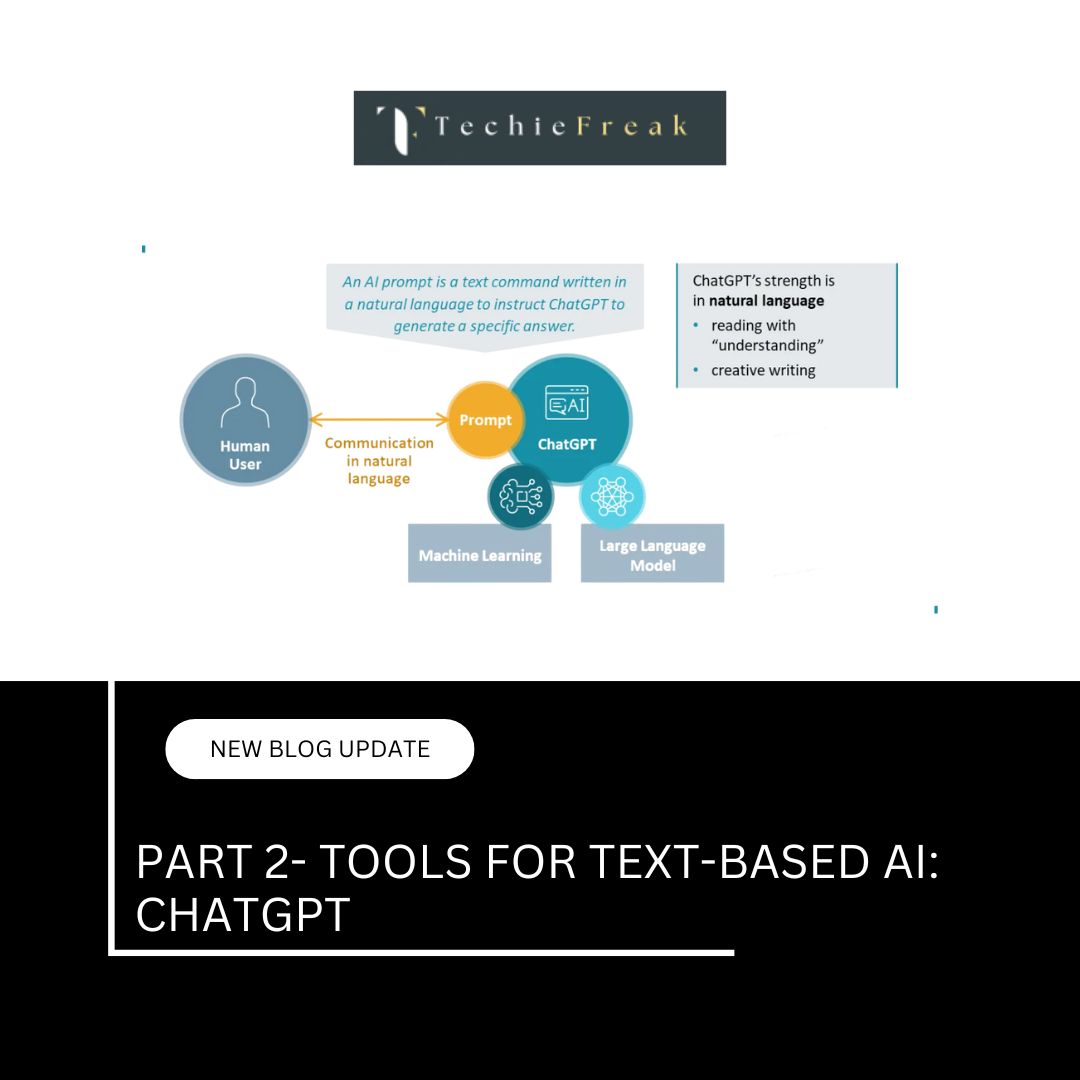
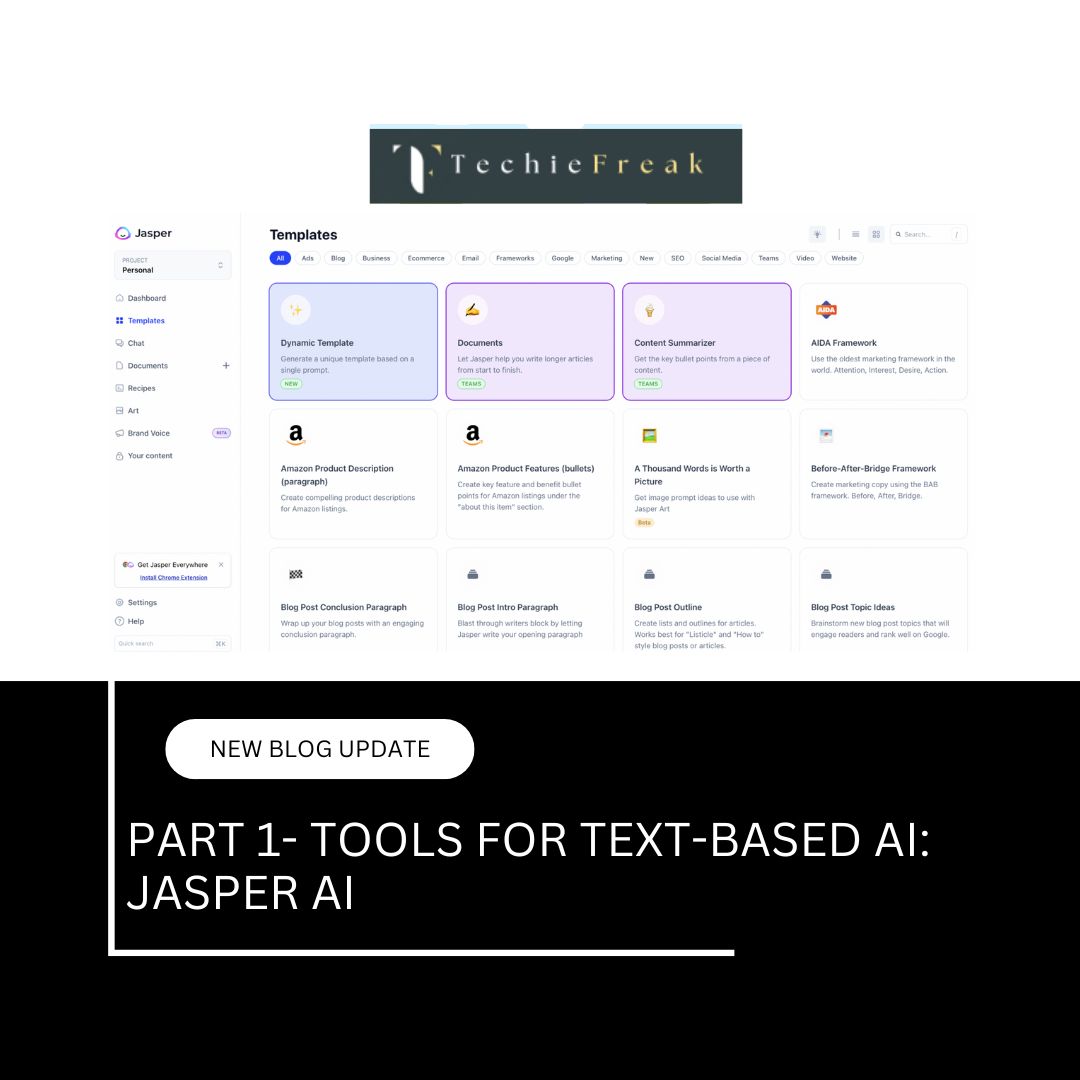


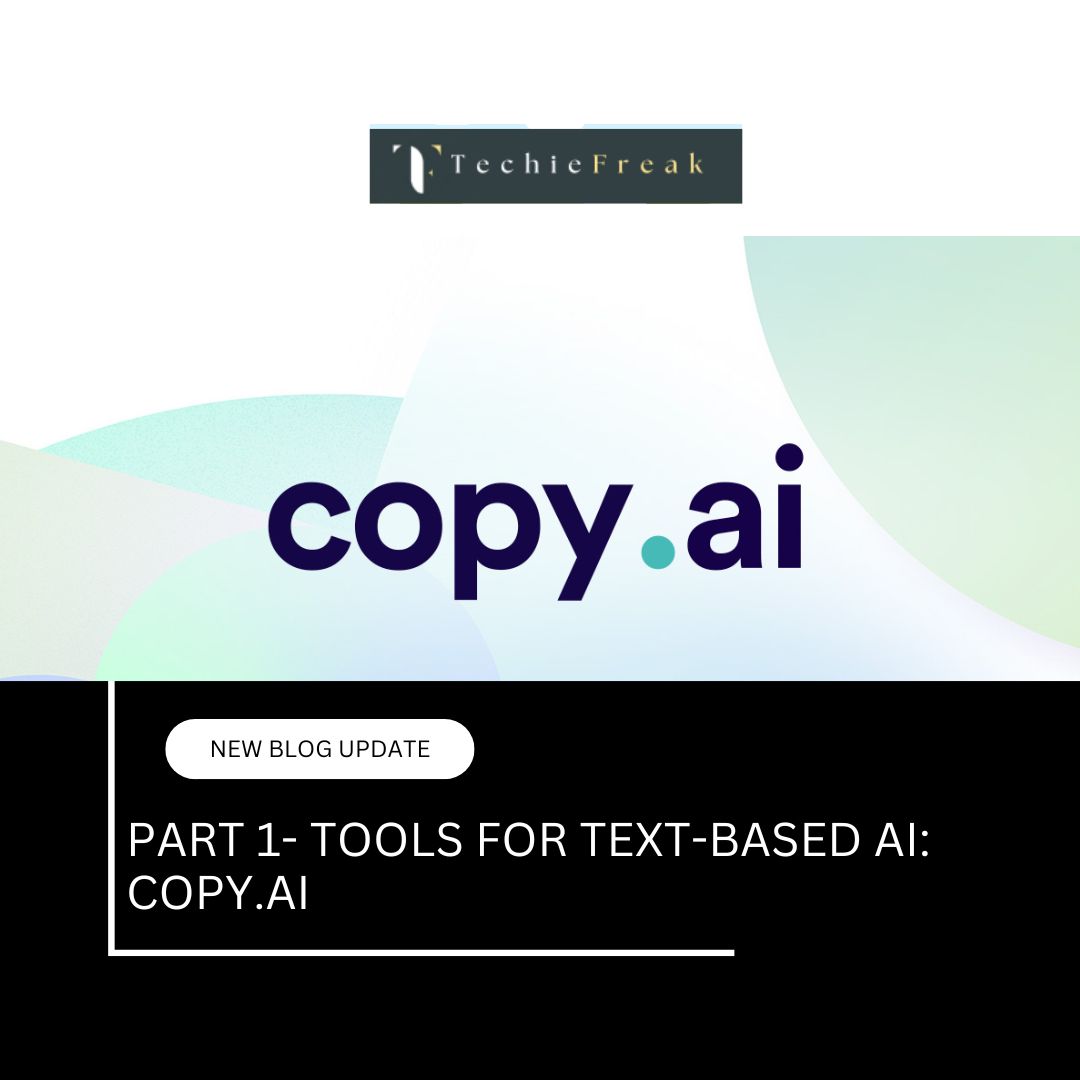
.jpg)
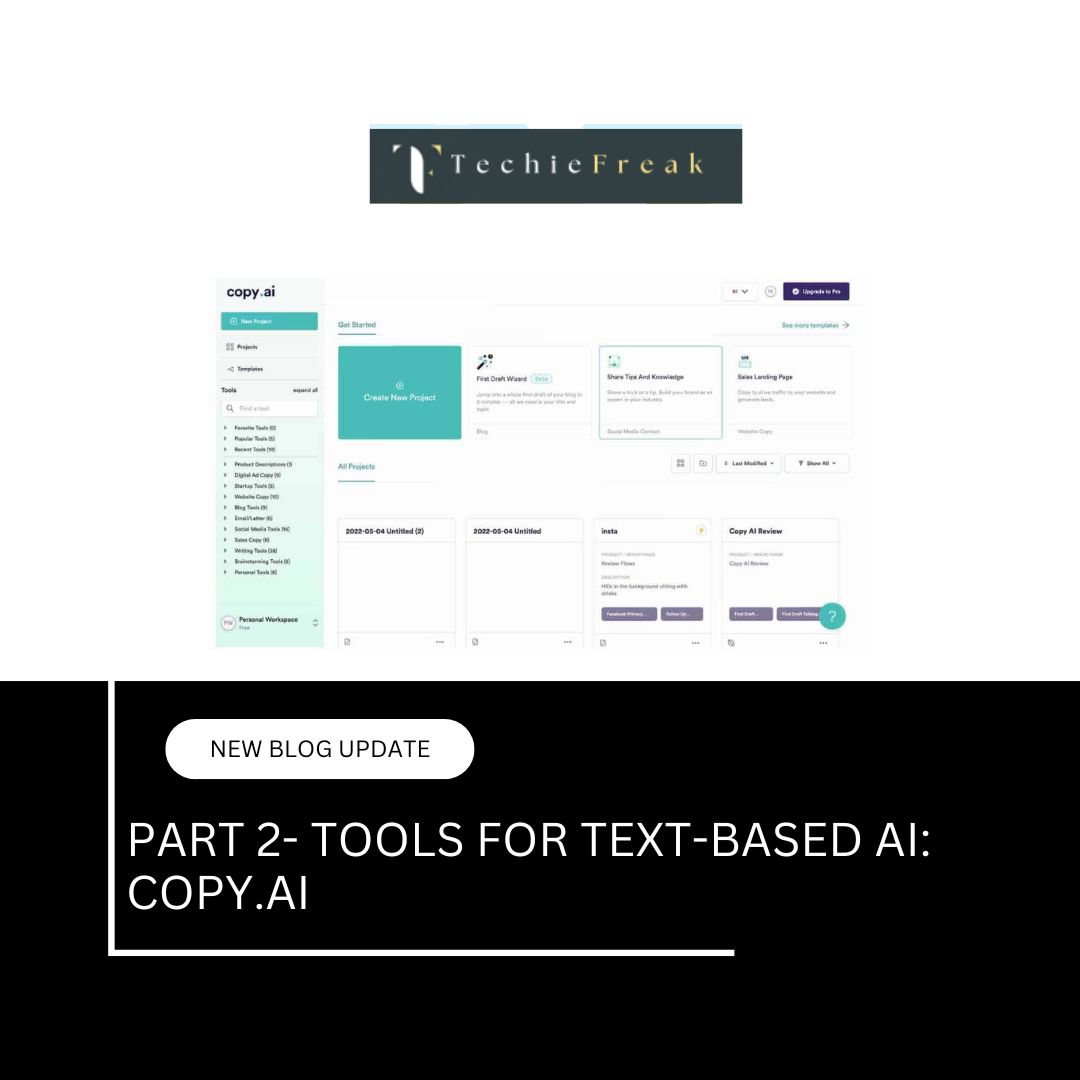
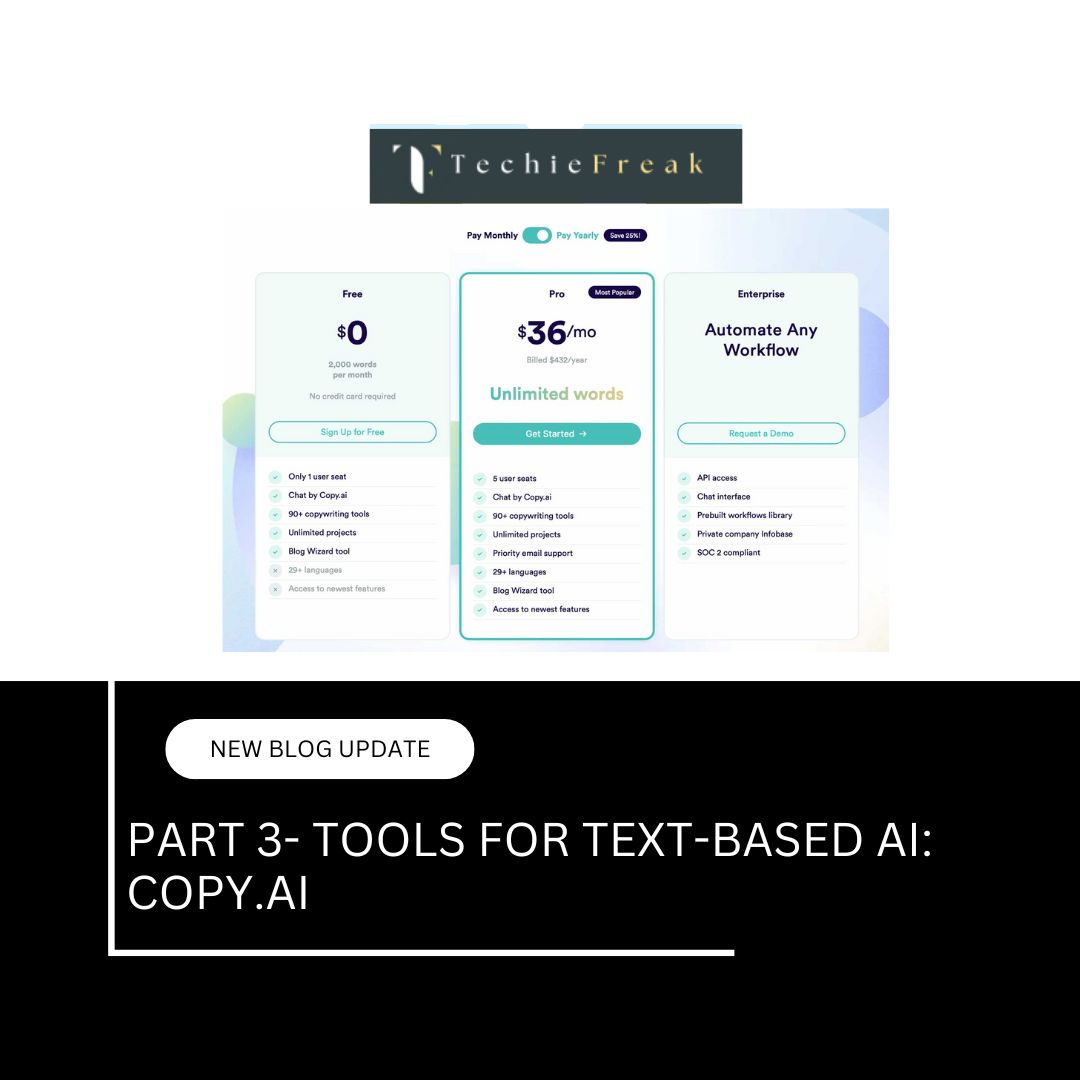
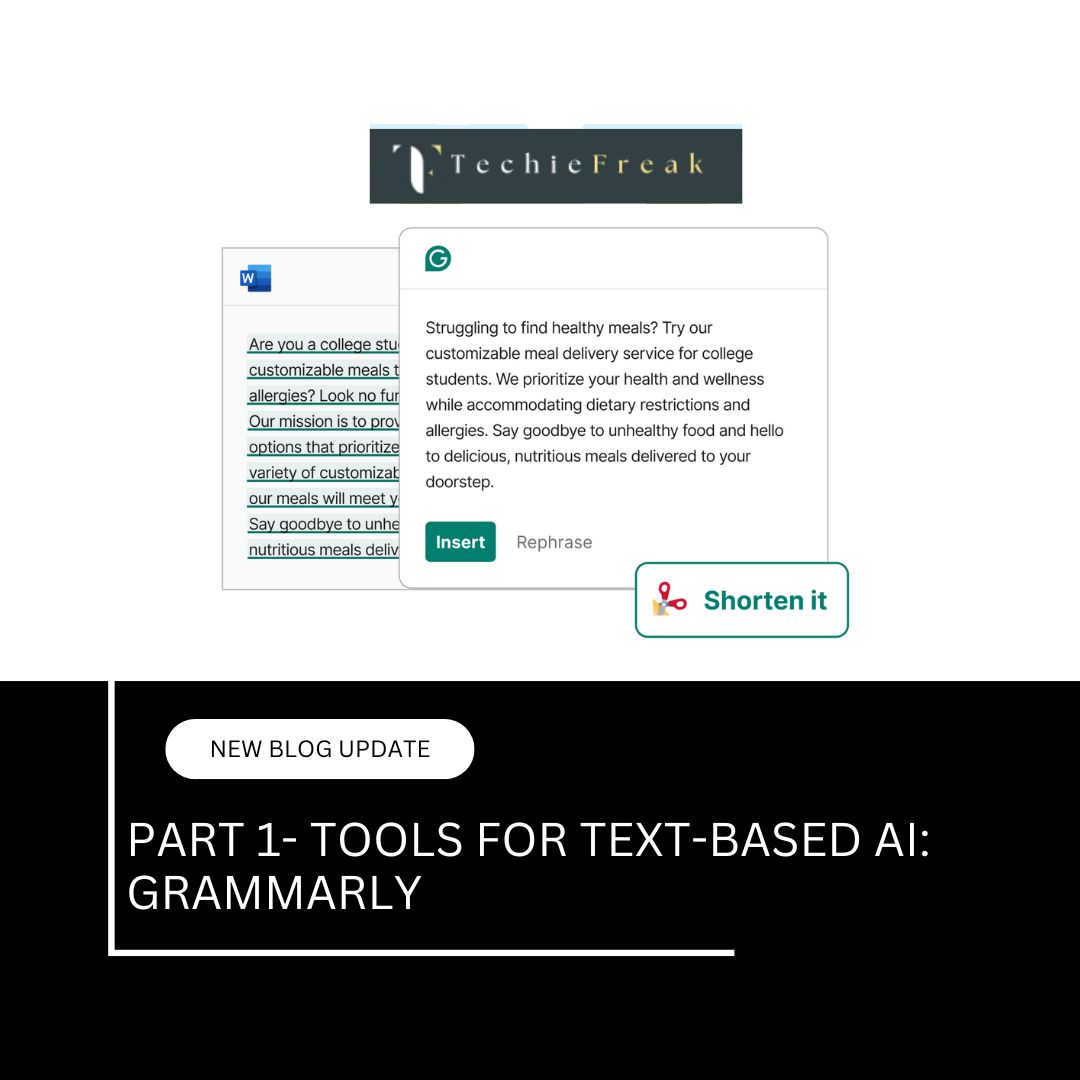
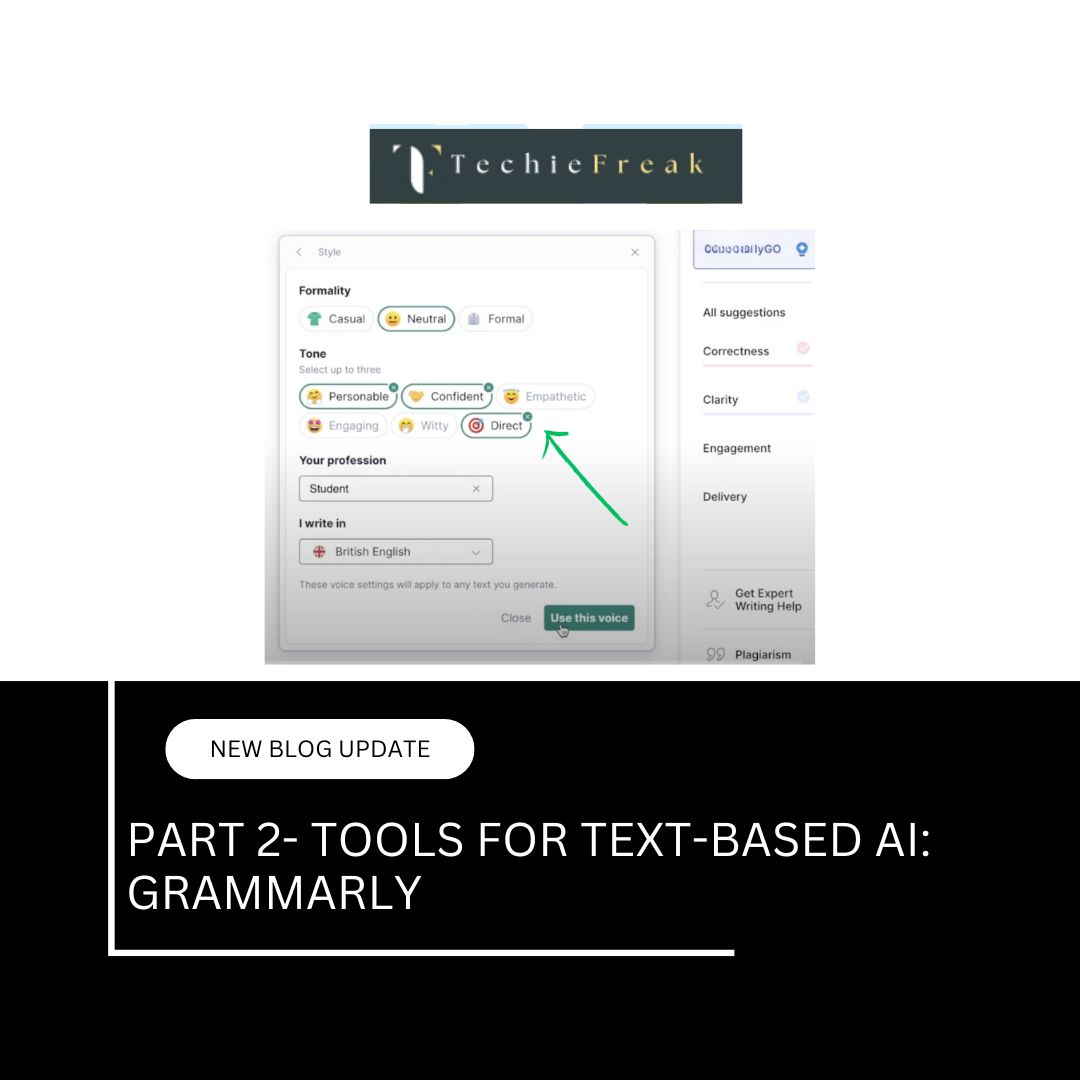
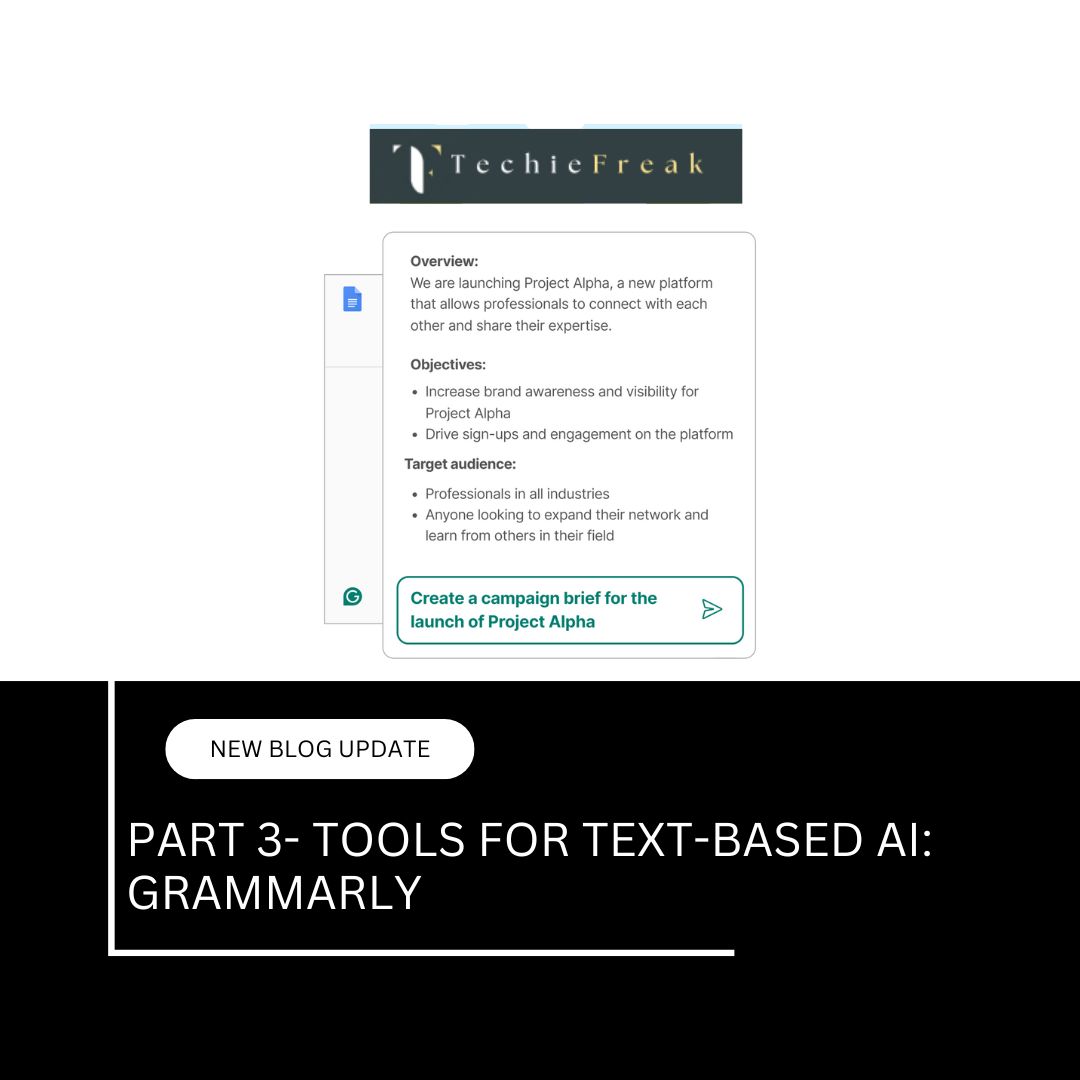
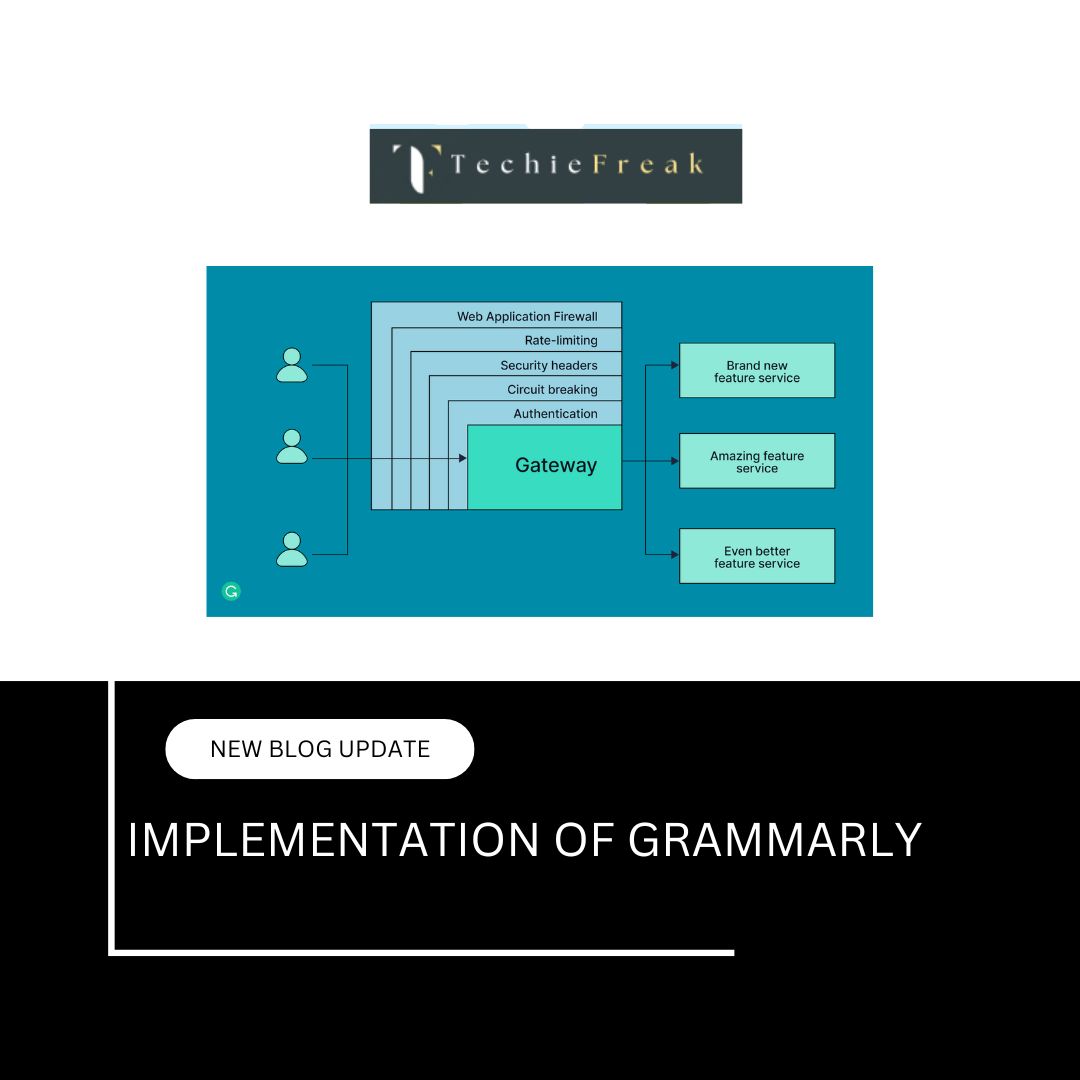


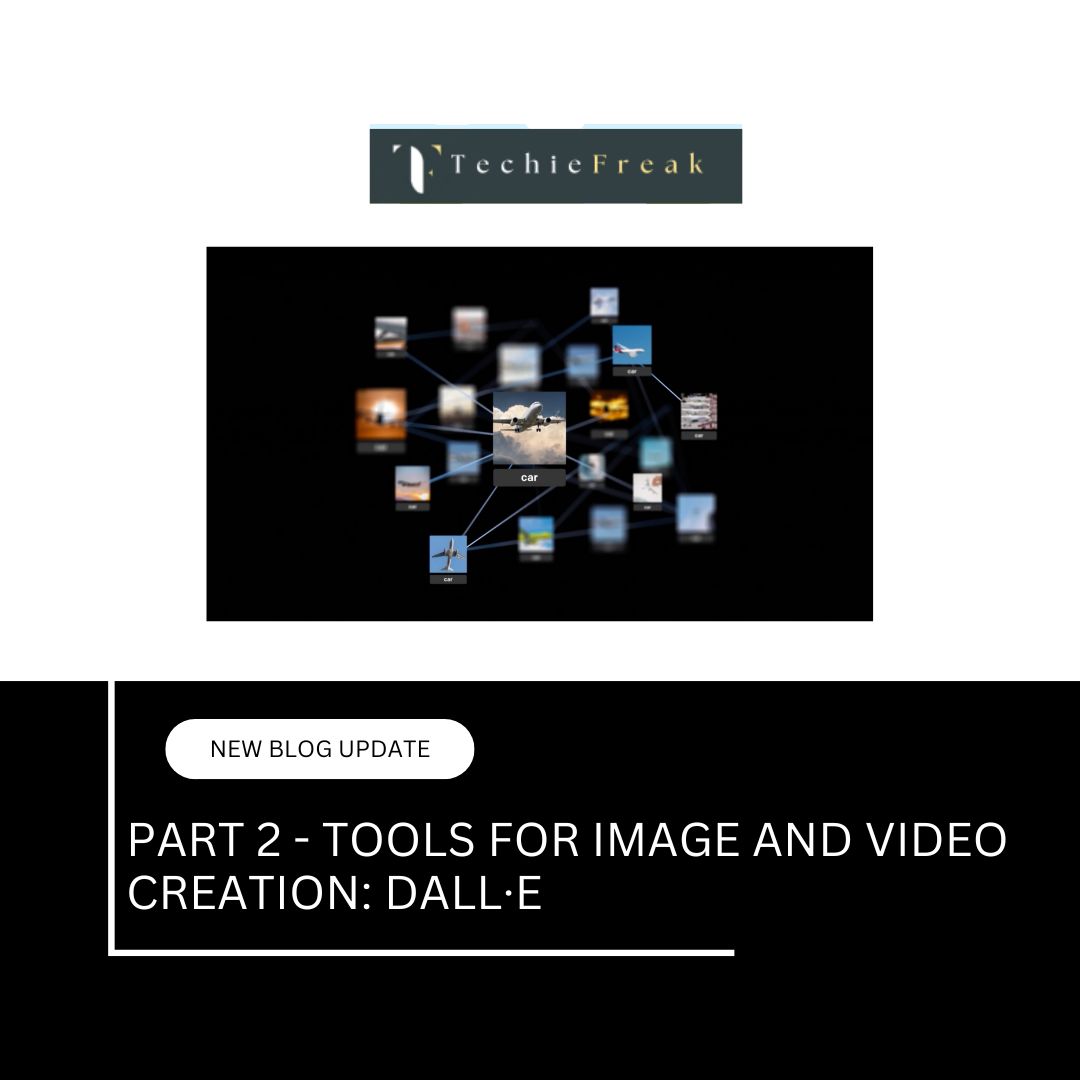

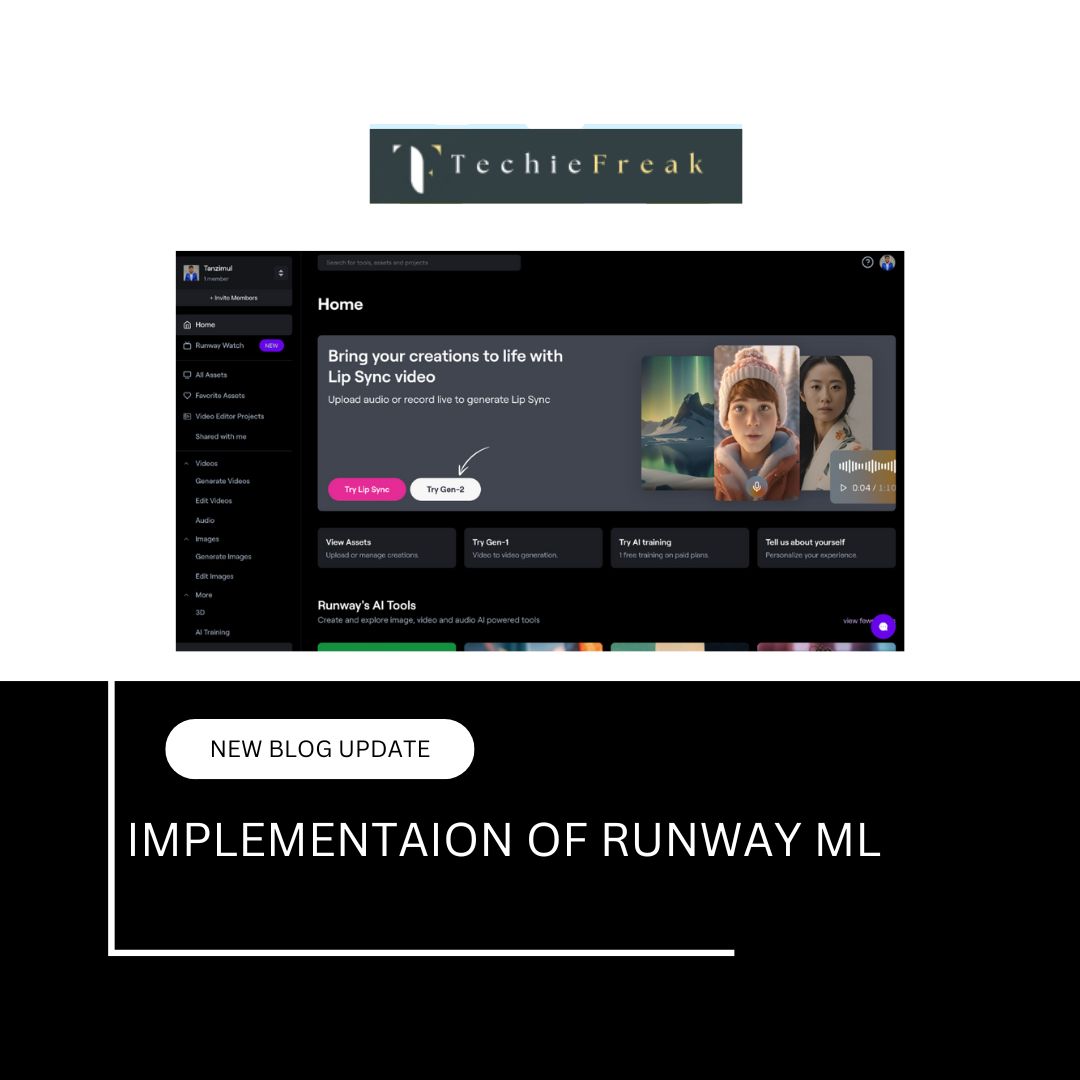


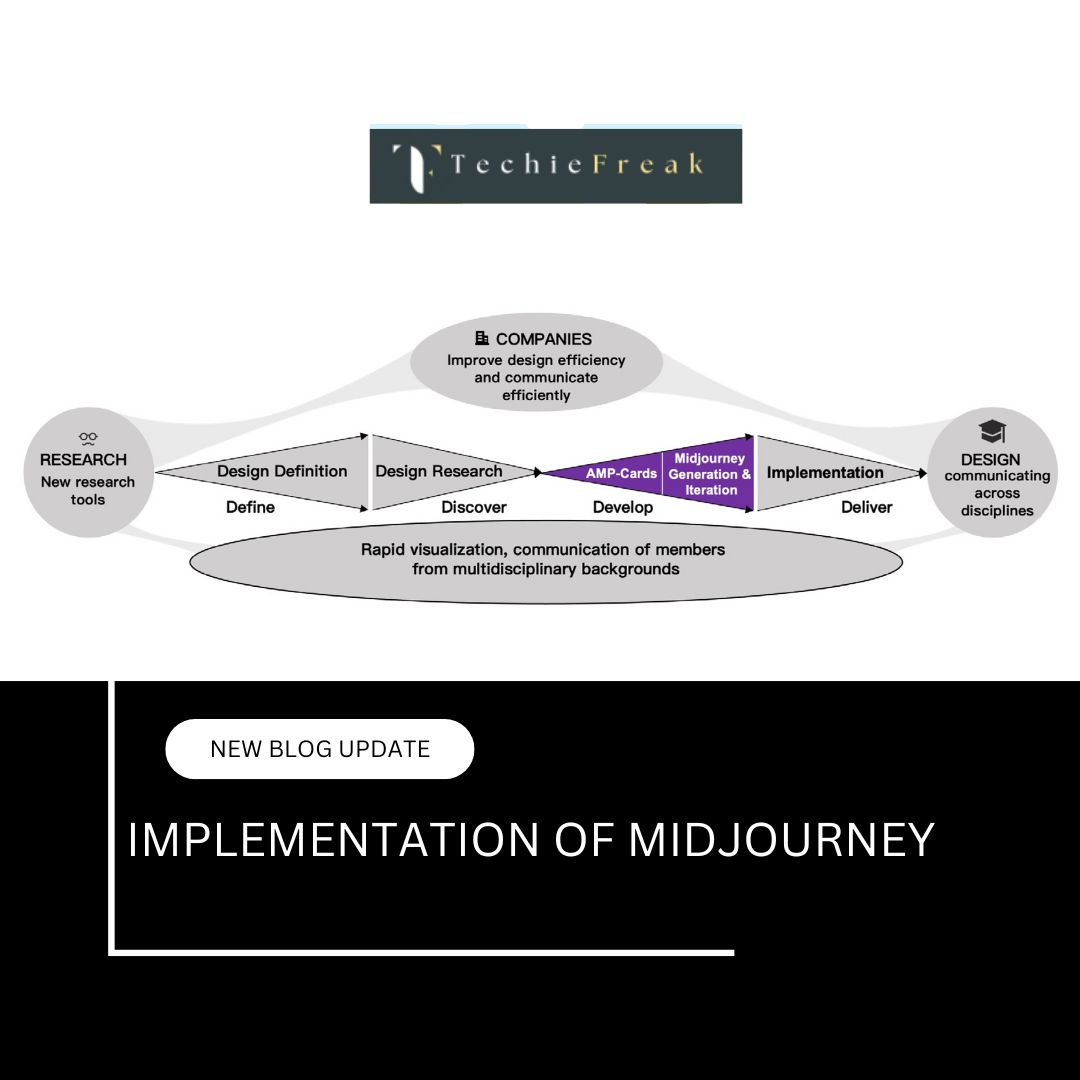
.jpg)


.png)
.png)
.png)
.png)
.png)
.png)
.png)
.png)
.png)
.png)
.png)
.png)
.png)
.png)
.png)
.png)
.png)
.png)
.png)
.png)
.png)
.png)
.png)
.png)
.png)
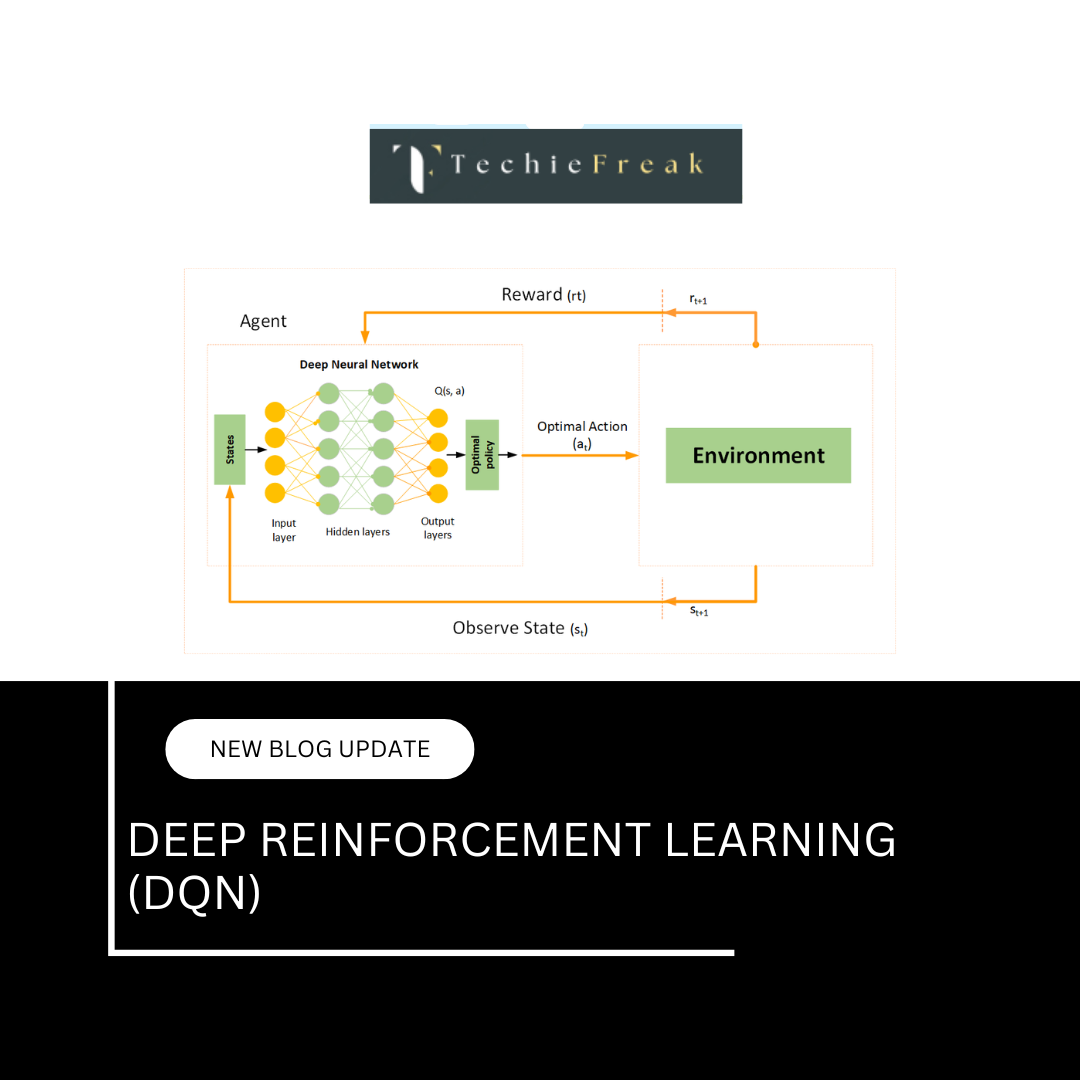
.png)
.png)
.png)
.png)
.png)
.png)

.png)
